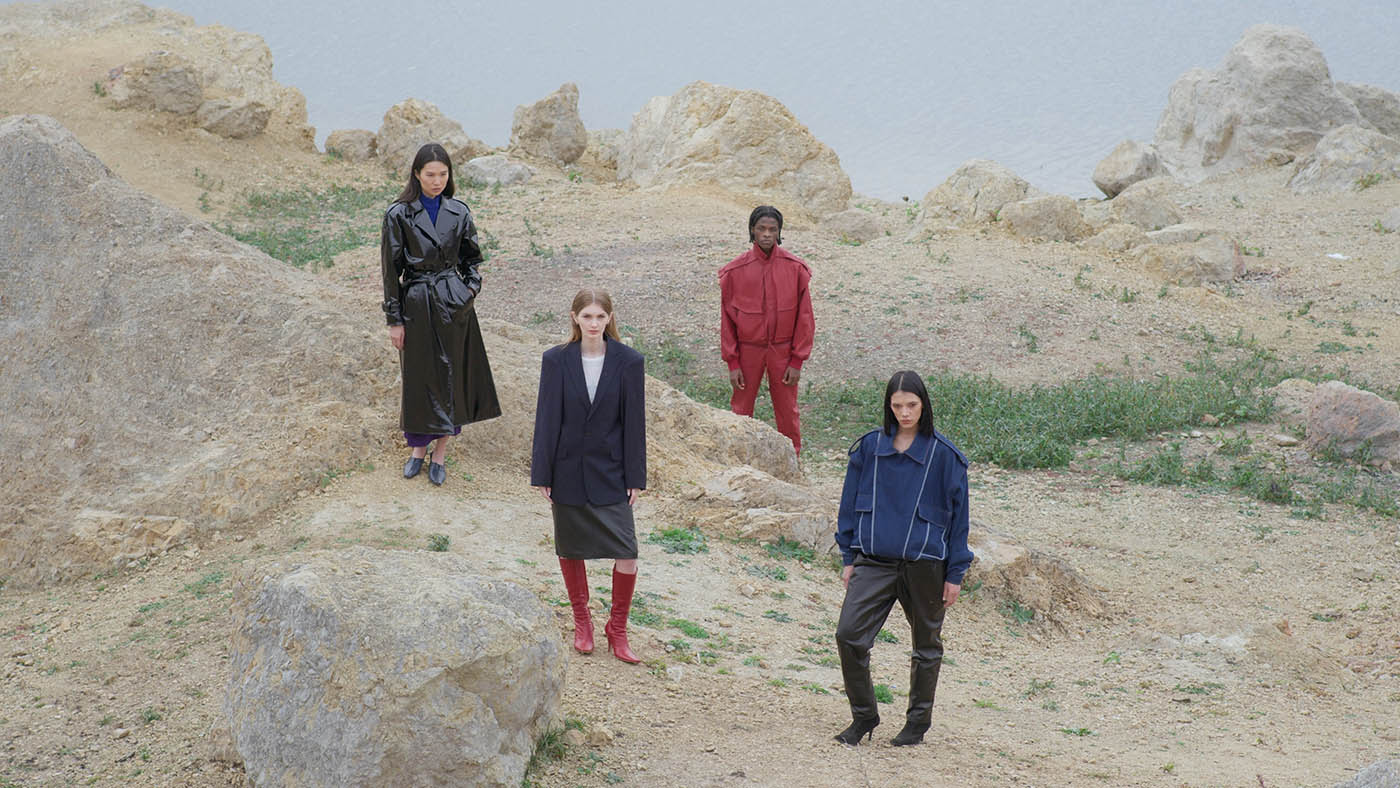Film à Sketches
Film à Sketches offers a divergent definition of visual storytelling. What propelled you to delve into the concept of an “editorial in motion”?
The audience these days is very smart and can read the tone of a film instantly. At the same time, it is rather common to use lots of cuts and give a lot of visual information quickly. I wanted to go against this trend and slow down, focusing on the mise-en-scène and the small nuances in the performance, making the audience savour the moment. I had seemingly unconnected ideas for Film à Sketches so after some consideration I figured making a series of short snippets instead of a classic fashion film would be a natural way for the narrative to unfold. This way, it reminds of the fashion editorials where images often have different settings and are only loosely connected with the models and the tone.
What was the collaboration with the Georgian brand Situationist like? Why did they take the spotlight in your series?
It all happened very naturally. I came to Georgia for an extended holiday and then decided to shoot the project there. There are quite a few interesting local brands and a high level of local talent and craftsmanship. And from a whole lot, the style of Situationist spoke to me the most. It comprises a very unique look, impeccable tailoring and libertine spirit. When I was planning the film series, I knew that because of the very little action happening on the screen every element had to be special. Situationist’s clothing with the beautiful arrangement by Nele van Olfen, stylist on the project, gave a certain armour to our cast and united them into an ensemble of characters.
I also wanted to achieve a look hard to pin down time-wise. Generally, when you see a fashion film, there are the cues which give you an understanding of which trend cycle/time it represents. I wanted to “confuse” the audience a little and use the cues to send mixed messages. Situationist fits this idea perfectly. Irakli Rusadze, creative director of the brand, makes garments that have a very nostalgic, but at the same time modern feeling about them. The brand is versatile and eclectic and it follows its own way. Some of the films are on a gloomy, malicious side, some are more humorous. Locations also range significantly and yet there is always a fit between the environment and the characters. The clothing connected the films together.
How did you leverage the rich landscapes of Georgia to add to the overall aesthetic and narrative of the project?
Georgia’s nature is absolutely spectacular and diverse. You can shoot anywhere. However we wanted to try to find some less known area which would seem more neutral. We did not want to have a “Made in Georgia” cliche. We ended up shooting the outdoor scenes in the Kvemo Kartli region near the village called Assureti which was founded by 72 German families from Swabia in the beginning of 19th century. It still has a beautiful Lutheran church which is seen in two films. The water scenes were shot at the Algeti Reservoir.
The storyboard appears intriguing. Walk us through locations you used for your editorial in motion.
We were incredibly lucky to find those amazing locations. The fencing was shot in the gym in Vake, Tbilisi where the national team of Georgia (they are doing very well lately, especially in sabre) is training. I trained there for a month and then they were so lovely to allow us to shoot. There is no particular reason for fencing except for my personal interest. My dad was a serious fencer as well so maybe it comes from childhood.
We shot the photo studio scene in Saburtalo, the university district of Tbilisi. I invited Roman, a 70 year old chess player whom I met in a chess federation during location scouting. He had no idea about an amazing Georgian fashion scene and yet he is now in the film which I find very cool. The woman taking pictures is Lika, local tv producer. To me, she looks a lot like Annie Leibowitz – I don’t know if anyone noticed it but that was the idea. The office scene was shot in a beautiful Architecture Bureau in the old town. I imagined a Pink Panther inspired film. These two girls are very busy working so one of the girls is so surprised to see the mysterious figure that she faints. Another one is so busy on her phone that she does not even notice him. That was probably the hardest take in the whole project as we had to make sure the tailoring looked great after each attempted fainting.
Lastly, the 12th film is the first film featuring all models together, so it was perfect for the closure. We did think that it would be great to add some small joke into it so I asked our Sound Recordist to be in the shot. It’s a standard gag used in many films or sketches. It’s just another way to counterpoint the serious “fashion” feeling – not taking ourselves too seriously.
Considering the visual part of the series, can you share some insights into the process of selecting and integrating sound effects and styling elements? In what way did the collaborative nature contribute to shaping the overall vision and execution of the project?
The video material itself is very understated and subtle so the music and sound effects played a key element in shaping the tone. I wanted a diverse range of references to be used. We took a look on various crime films from 60s and 70s such as Point Blank, American Friend, Le Samuraï and etc. We also used some simple ambient sounds for shorter clips, to “fill” the atmosphere and achieve the dreamy texture. There were lots of long and enduring nights of back and forth sessions with the composer and the sound designer to create the perfect score. This department definitely took the most time.
8 to 30 seconds seem like a limited time frame to work with. Yet, as brief as it may be, what challenges did you face while working on its post-production?
It was definitely a breeze to edit the project as it features one or two cuts in 11 films! Only the photo studio scene needed some proper editing work. Music, Sound Design and Colour Grading did take a lot of time as it was very important to find the right solutions to fit our tone.
Maintaining a loose connection yet preserving individuality in 12 short films — how did you achieve this narrative structure?
We shot a lot of material and we actually had a lot of different options. There were 15 films in the beginning. In the end we decided to stay on the number 12 as it’s a very symbolic number and it just felt right. The key here is that some films are just short snippets while others have a narrative. To me, this eclecticism makes the project more light hearted and interesting.
What kind of response or impact do you hope to elicit from viewers? In your opinion, will this format gain momentum in the future?
I hope the audience will be brave and patient enough to watch and enjoy one frame lasting thirty seconds. And of course I hope the subtle content will gain momentum in the future. In the end, we have a lot of screens and something has to play on them.
What are you working on next?
I am working on two fashion films at the moment. First one will be a dark Berlin take on the tango scene. The second one would be an homage to 60s European thrillers, we will shoot in Piemonte in Italy.
Thanks for having me!
Video Director: Vladislaw Sinchuk (@vladislaw_sinchuk)
Cinematographer: Boris Ulitovsky (@ulitowski)
Stylist:- Nele van Olfen (@nelfenfen)
HMUA: Sofi Abuladze (@sofiabuladze)
Composer: Anatoly Volochay (@volochay_anatoly)
Sound Designer: Karina Kazaryan (@kptransmission)
Cast: Mariam Atanelishvili (@nnaman0), Perry Ope (@perry_ope), Milan Lee (@korean.ge), Anuki Kapanadze (@anuki.kapanadze) @IC Model Management (@icmodelmanagement)
Interview by Tatev Avetisyan
All clothes from Situationist
Fearless Flowers
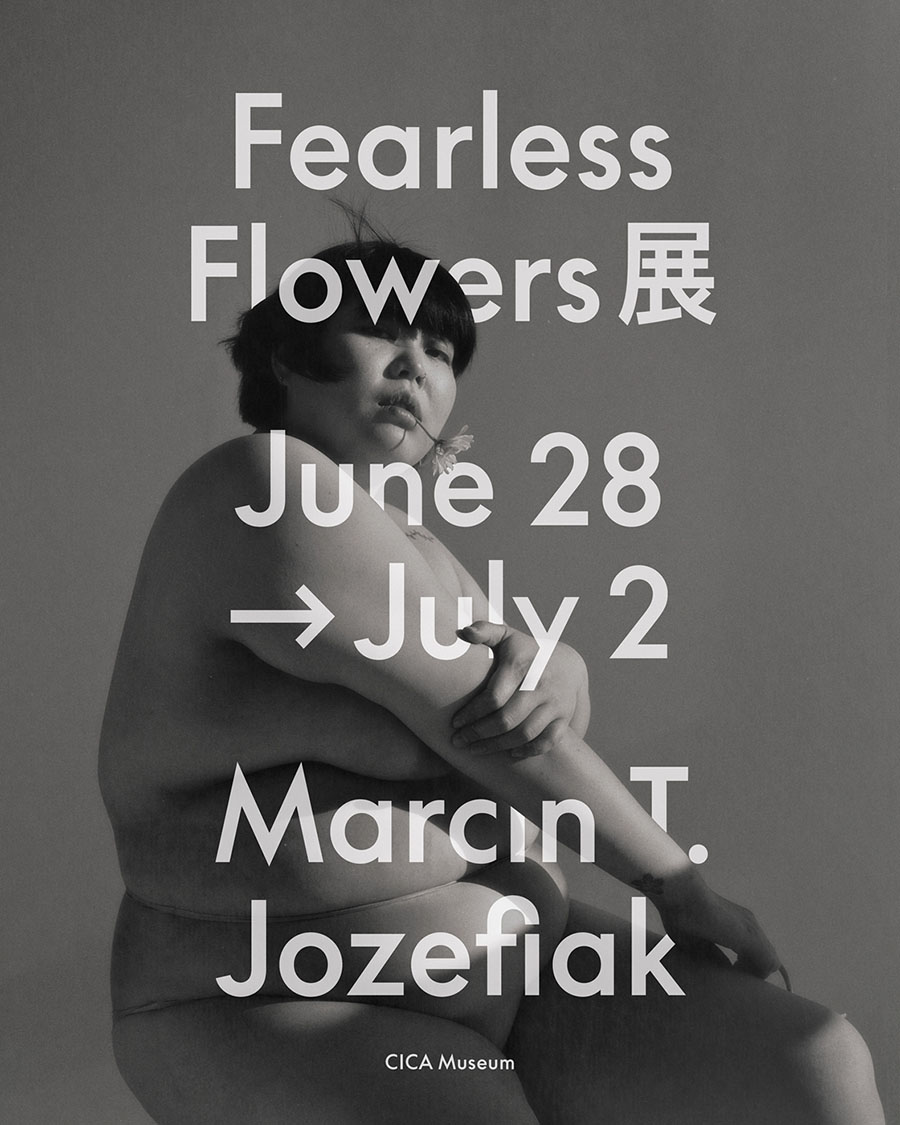
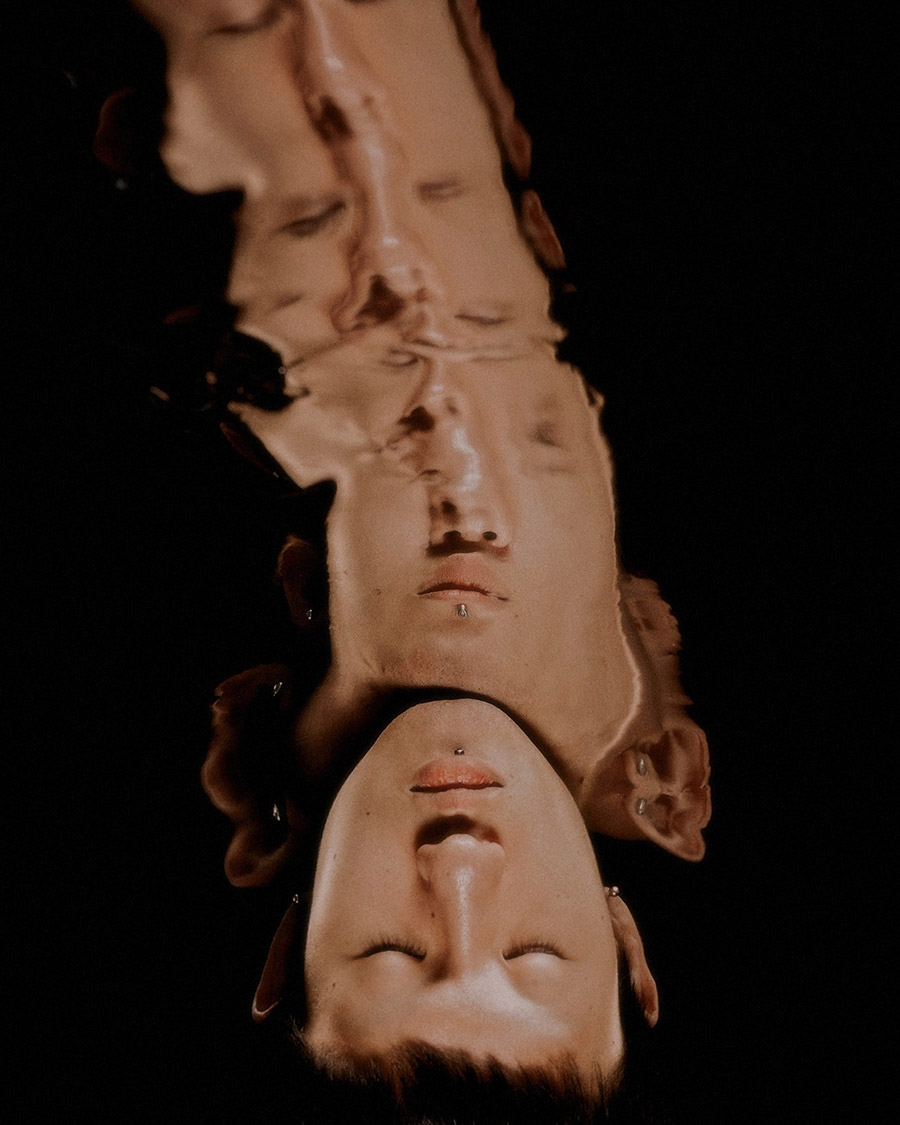
In the past years, South Korea has gained significant global exposure and attention. It also attracts many international talents’ attention, amongst them is Polish-British photographer Marcin T. Jozefiak.
Inspired by the social atmosphere in South Korea, Marcin T. Jozefiak’s project “Fearless Flowers” series explores gender, sexuality, gaze, and identity in South Korea. Photographed over two years with 23 different participants, the project studies one’s relationship with their own body and inner struggle with the image pressured by a conservative society, where certain beliefs and outdated standards are forces on the rapidly changing nation.
Adorned with flowers, the human body represents universal innocence, timelessness, and purity. The subject, who may convey toughness in other settings, is shown with vulnerability and humanity when photographed in a safe studio environment. Ornamented with flowers, the black garment, which represents the society uniform, is a metaphor for the fight and struggle of each subject and beyond.
The series is an attempt to capture open-mindedness: acceptance of your body and sexuality, as well as welcoming the self-created modern image of who Korean people aspire to truly be. It is creativity’s role to rebel its spirit against society’s preconceived ideas and question their relevance.
As an outsider, Marcin T. Jozefiak had the privilege to be introduced inside this personal expression of liberation, looking for meaning, looking at the beauty and identity, all while capturing the landscape of self-invented people: a true walking work of art.
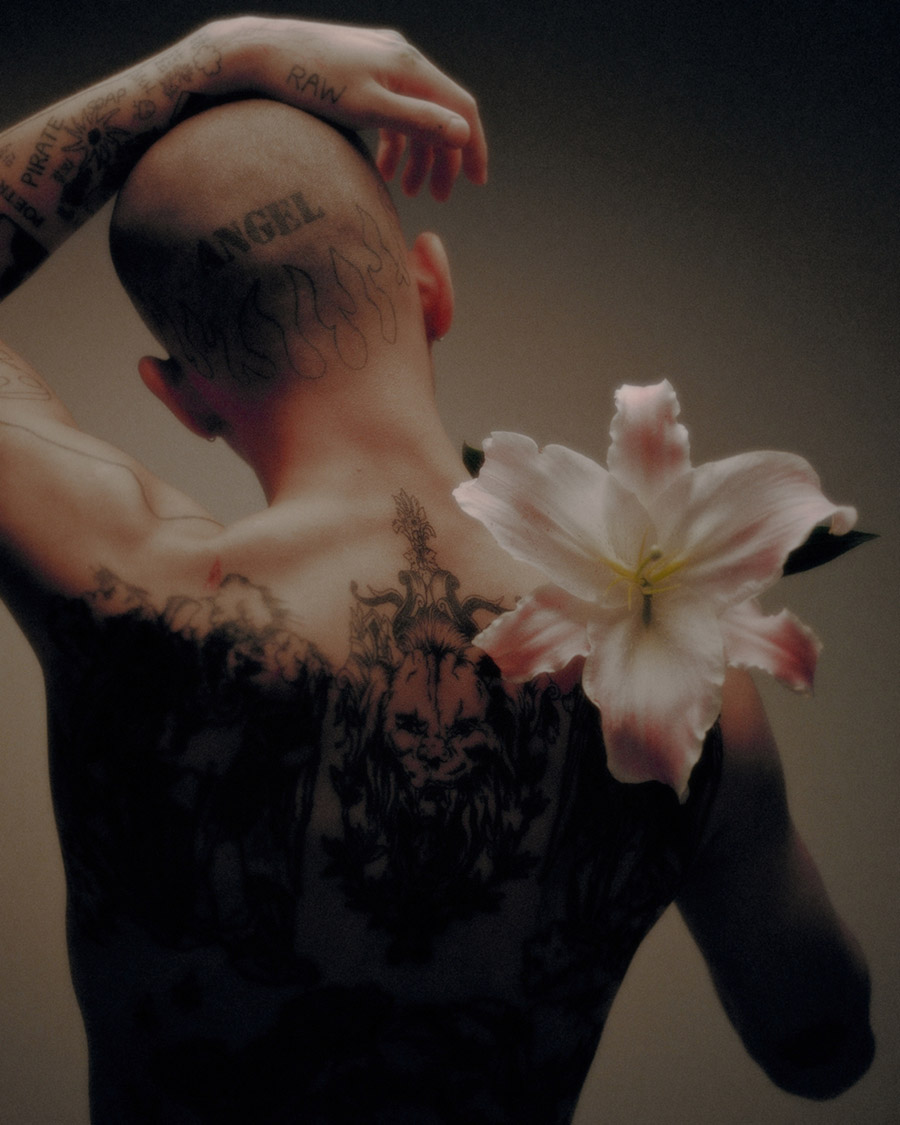
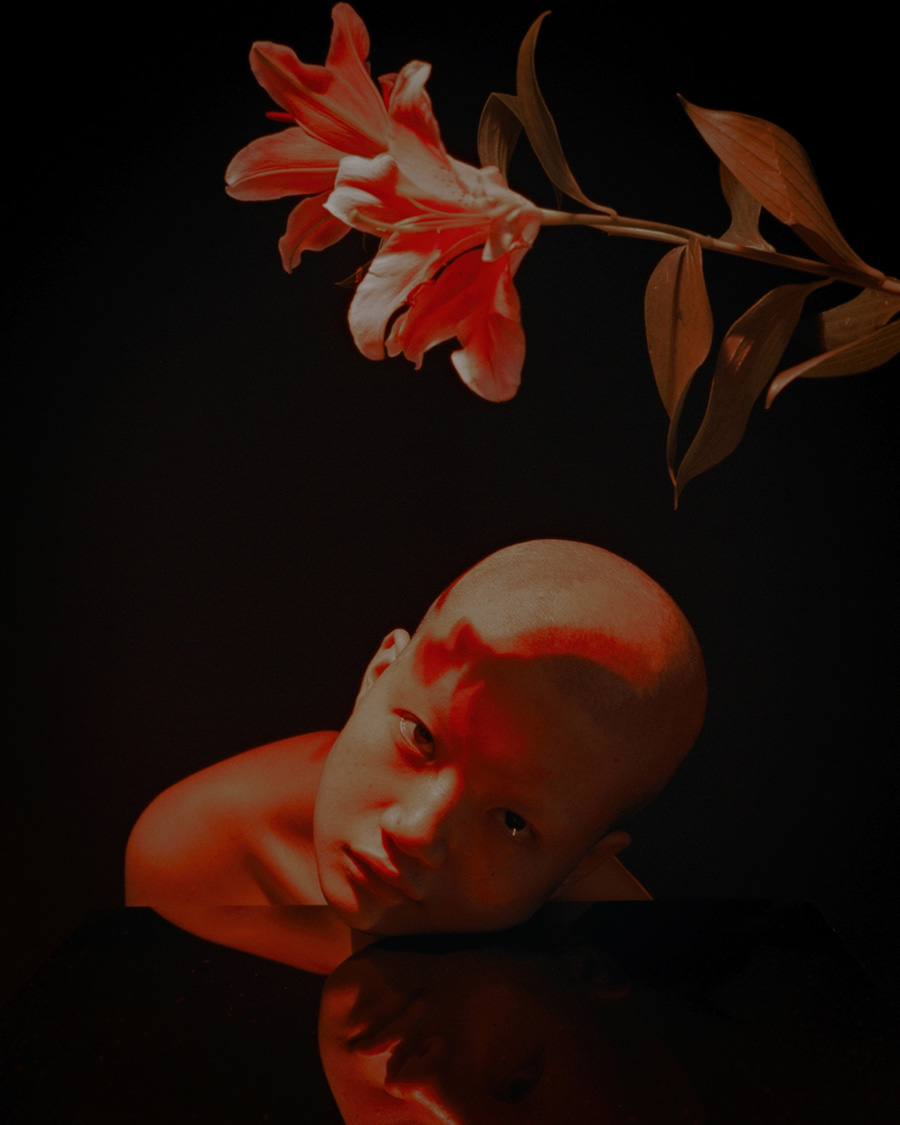
Marcin T. Jozefiak is a Polish-British photographer currently based in Seoul, passionate about people and the stories they hold. He loves discovering their unnoticed beauty. As an artist and emigrant, his work found focus in the topic of lost identity. The most recent project looks deeper into the subcultures of South Korea and their sense of belonging. The resulting images all come from a curiosity to explore the subject of identity and improving the self.
On the occasion of the opening of his upcoming solo exhibition in Seoul, CAP 74024 shared a lovely talk with Marcin T. Jozefiak on the making of this photo series, his artistic and creativity journey as well as his viewpoints in art and in life.
Hi Marcin, how are you today?
I’m good, how about you?
I’m good as well, thanks. Marcin, how long have you been based in Seoul?
I have been living in Seoul for 5 years since leaving London.
What are the subjects and topics that interests you when it comes to artistic creation?
As an artist and emigrant, my recent work found focus on the topic of lost identity. The most recent project looks deeper into the subcultures of South Korea and their sense of belonging. I have always been interested in subcultures, primarily how each one has a philosophy or just a ‘way’, and I found it a great space to be myself—or part of myself—in and capture its language. The resulting images all come from a curiosity to explore identity and improve the self.
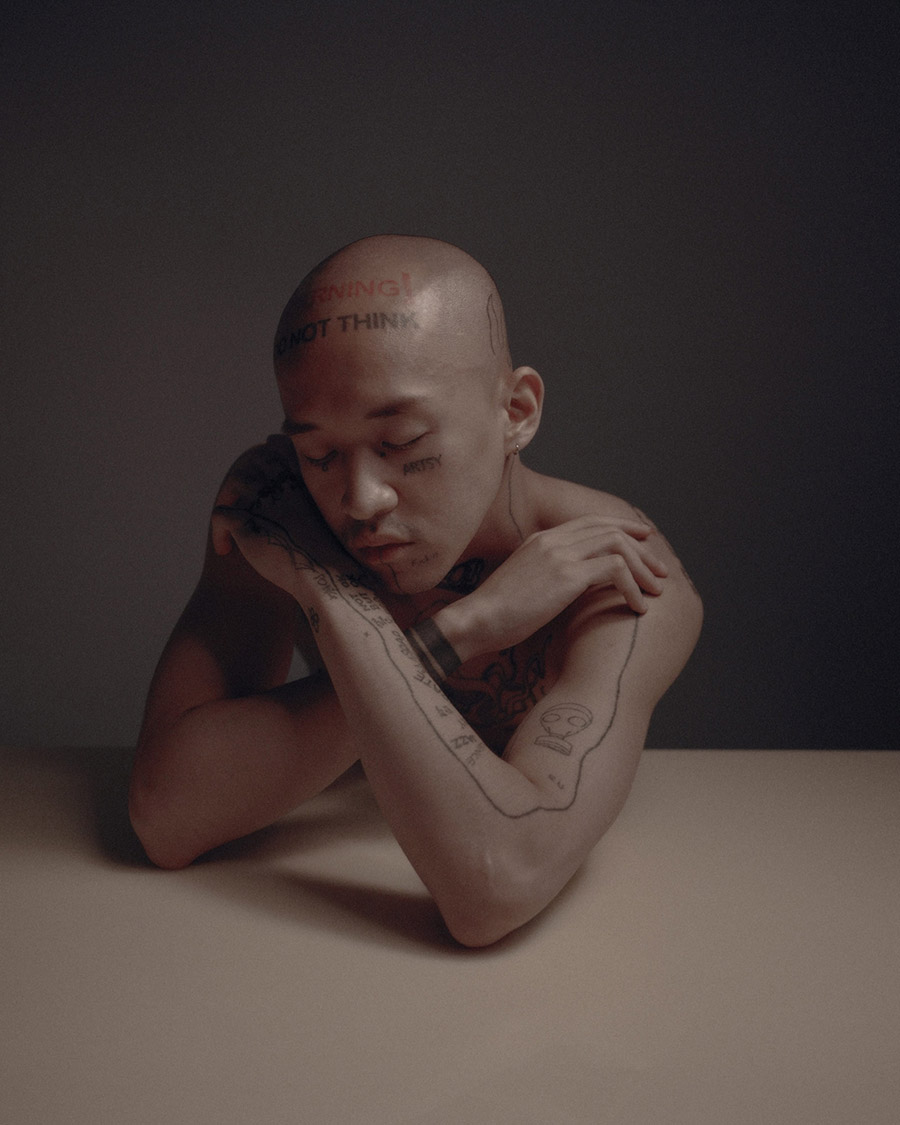
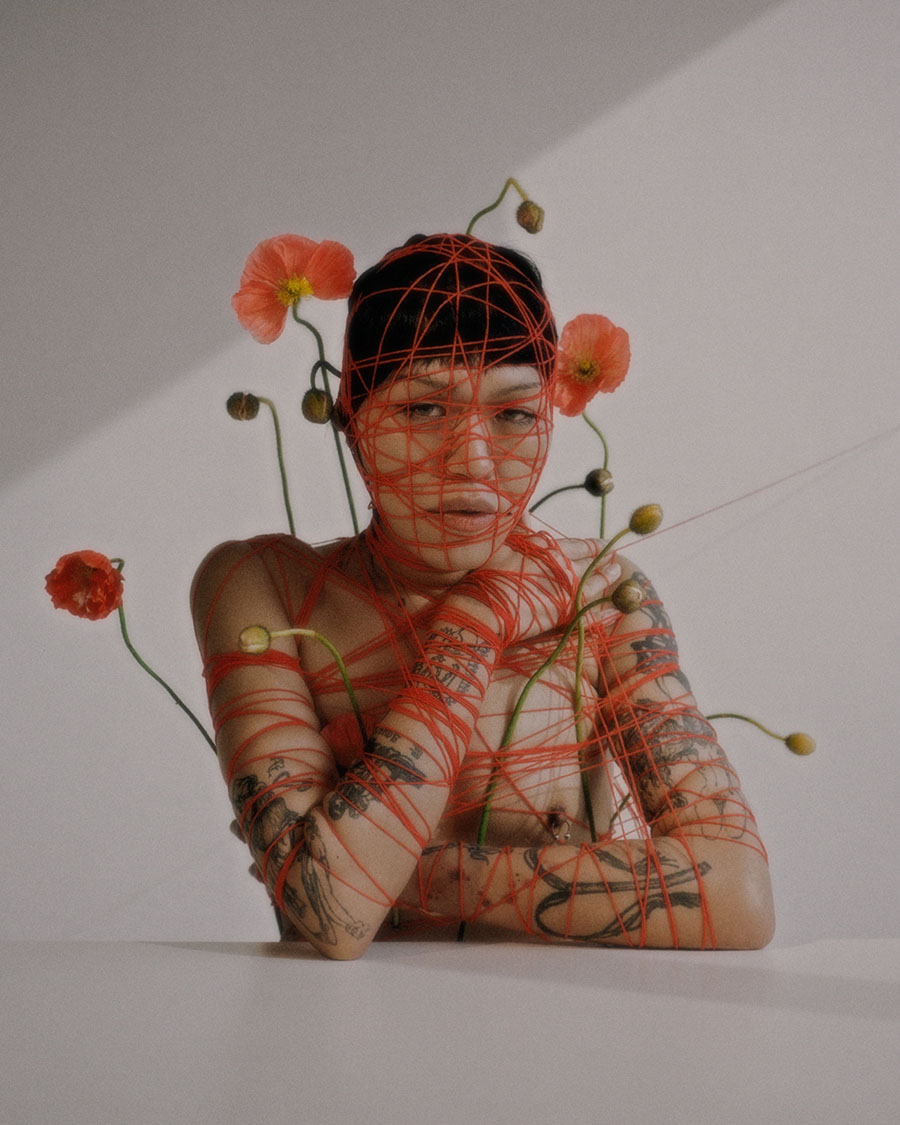
What inspires you to create this series “Fearless Flowers”?
Although I’ve lived in Seoul for over five years, I’ve visited here a few times before, and I always approach it with curiosity, observing and analyzing my surroundings. The “Fearless Flowers” series and book attempt to capture open-mindedness: acceptance of your body and sexuality and welcoming the self-created modern image of who Korean people aspire to be.
I developed a curiosity about Korean culture and traditions, which led me to explore the perspectives of Korean individuals about their lives. As I conversed with various participants, I was exposed to unique viewpoints and became a keen listener of their diverse stories and perspectives. My inspiration often comes from the people I encounter or actively seek out, and every person I photograph leaves me in admiration of the beauty of the human form.
Before the pandemic hit, I worked on my first solo show in Seoul called “Not for Everyone.” This project sparked my interest in diversity and subcultures in this fast-paced city. I photographed each person in an outdoor location that held significance for them and in a studio setting. At the exhibition, some visitors had never encountered someone openly gay, trans, tattooed, a drag queen, or open-minded about their body. Noticing that some live their life never noticing one another and my audience’s response motivated me to dive in even deeper and continue my exploration, which led to creating my “Fearless Flowers” project and book.
Creativity is crucial in challenging society’s preconceived notions and questioning their significance. And certainly, raising awareness can change people’s perceptions of what they fear, which I hope to achieve through my work.
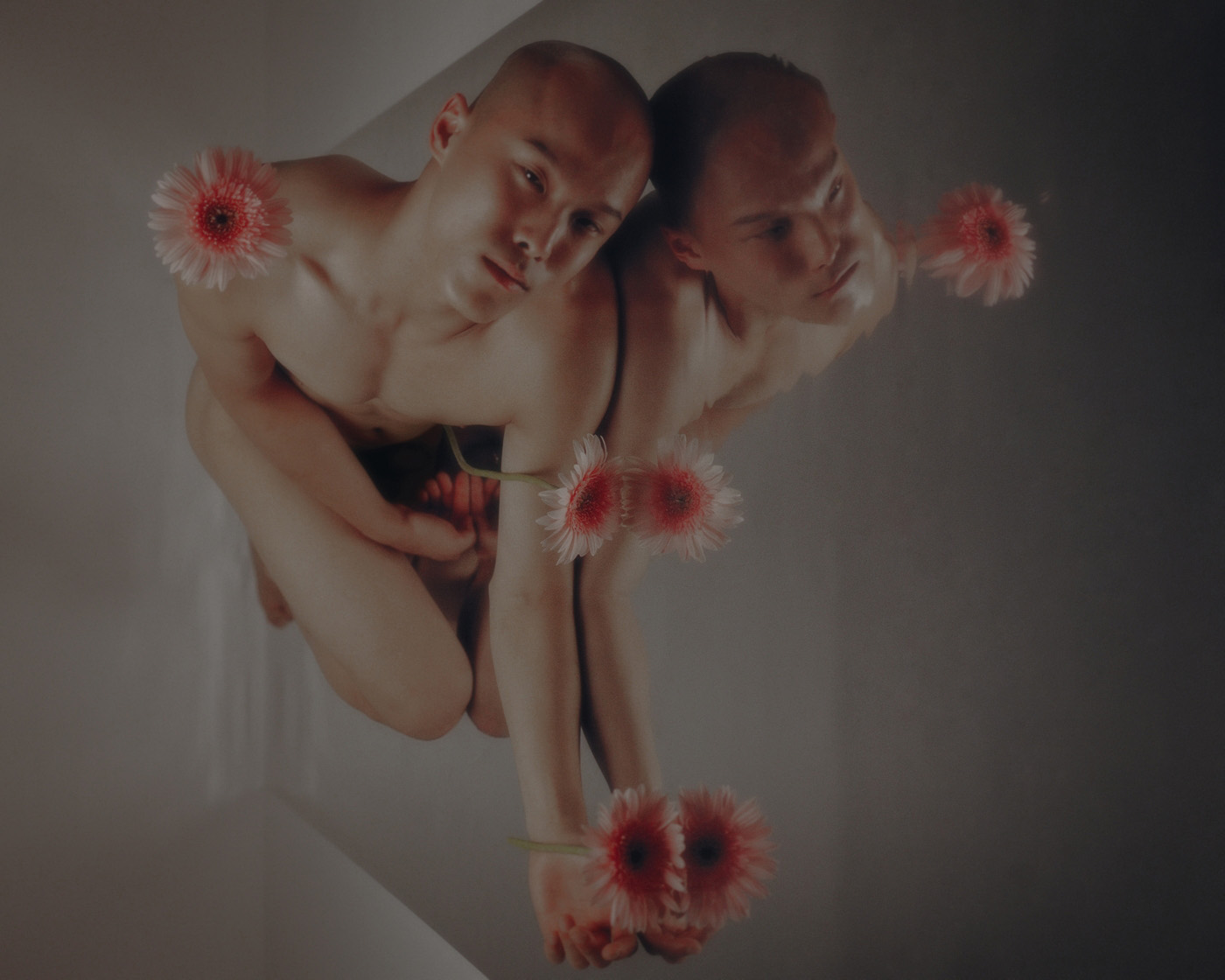
How do you find the persons to be shot? How do you build mutual trust with them?
Following my project in Seoul, I received requests from a few individuals to take their photographs. However, I mostly searched for potential subjects on Instagram and shared the project statement and manifesto with them. During our initial meeting, we would discuss ideas and how they relate to the project’s concept. After completing a few shoots, I would share a selection of reference photos to showcase the project’s aesthetic. Furthermore, upon sharing one or two photos online, people occasionally reach out to express interest in participating in the project. The most important thing is to create a safe space for people to open up without being pushy and overthinking the collaboration process.
What are the most impressive or memorable stories while collecting the stories of your objects and while shooting them?
It’s difficult to choose a single standout moment from my experience capturing individuals on camera. Each person was unique in their own way, and I made sure to tailor their posing and movements based on our previous conversations. I aimed to reflect a more sophisticated look into their character.
As an outsider, what are the advantages and disadvantages you have throughout the creation of this project? Or to say in a more universal aspect, what are the pros and cons as a foreigner living in South Korea?
As an outsider, I’ve had the privilege to be introduced inside this personal expression of liberation, looking for meaning, beauty, and identity while capturing the landscape of self-invented people: a true walking work of art.
My role was never to judge and search for answers but rather to be the spark which starts a conversation. As a foreigner living outside of the Western culture, understanding and, most importantly, wanting to explore the basics of Korean culture, you know you’re in no position to critique. Therefore, with my work, I am the bridge between my subject and whoever is looking and trying to discover and capture their unnoticed beauty.
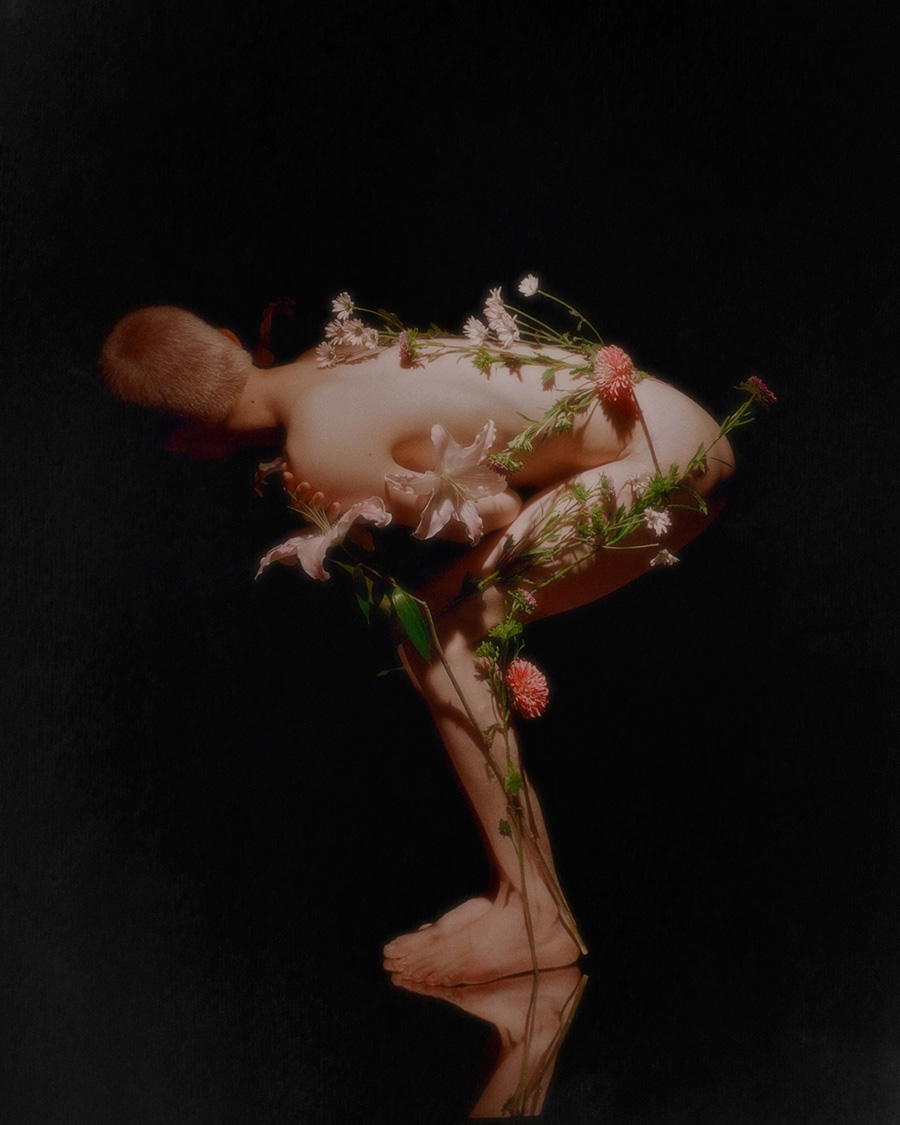
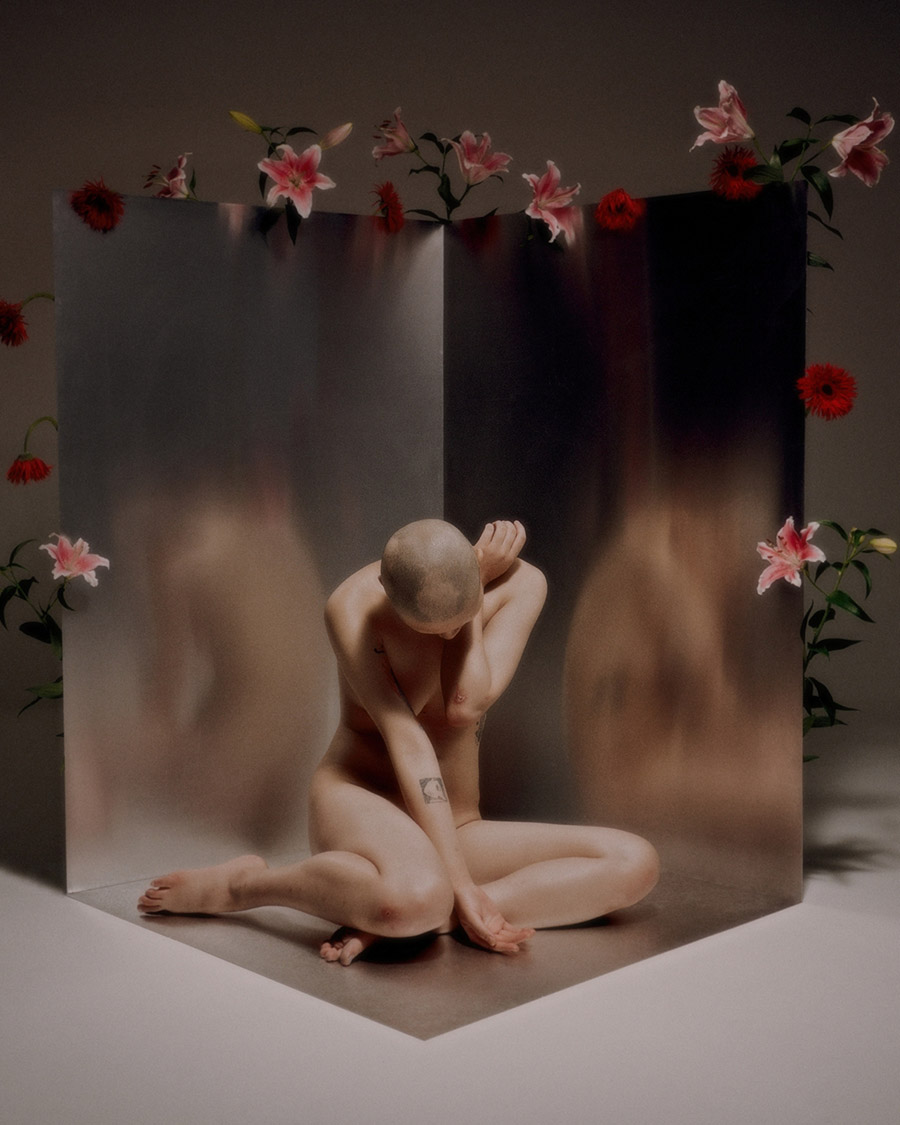
What is the future direction of this project? Will it still be ongoing or has it already completed its phased task for the moment?
When I began working on this project, I didn’t anticipate the number of individuals I would meet and photograph. However, I was determined to publish it in the form of a book, which I successfully launched at this year’s Rotterdam Photo Festival. The “Fearless Flowers” can be purchased as a Limited Signed edition on my website.
The project’s second component features moving image footage captured using a super8 film camera. Conversations were recorded and will be compiled into a short film that captures more stories. I anticipate releasing it this year, you can preview a teaser on my Instagram or website. I am always passionate about people and the stories they have to share. If you are interested, I would be thrilled to collaborate and explore new and diverse aesthetics while discussing identity.
Do you plan to stay in South Korea and continue your artistic career or do you see yourself somewhere else, doing something?
When I travelled back to Europe this February for exhibitions and some other projects, I had the pleasure of staying in Berlin, and I hope it will be possible for me to be between those two cities. There is still so much for me to explore in South Korea, and there are a few projects that I’m planning to do, including another short film, which focuses more on the changing traditional landscape of Seoul.
A big part of someone’s identity is always returning to their family heritage. On the 15th of January 1943, my great-grandmother was transported with other prisoners to the Auschwitz-Birkenau concentration camp back then, occupied by Nazi Germany Poland. On her arrival at the concentration camp, her identity was simplified to five digits “28955”. And my ongoing mix-media series focuses on the archives and my family’s history. I’m hoping to finally finalize this project. Helping to connect and restore a lost identity by looking for a way to continue the dialogue between past and present.
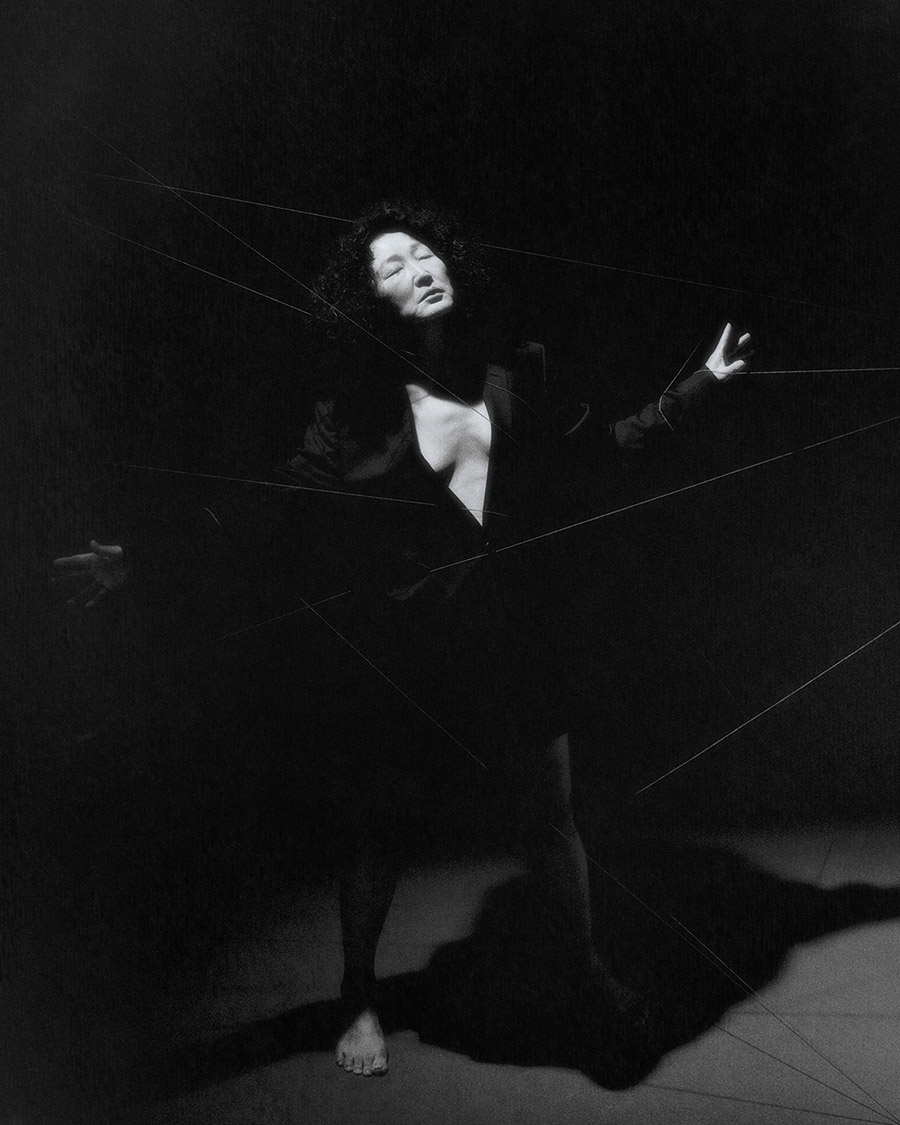
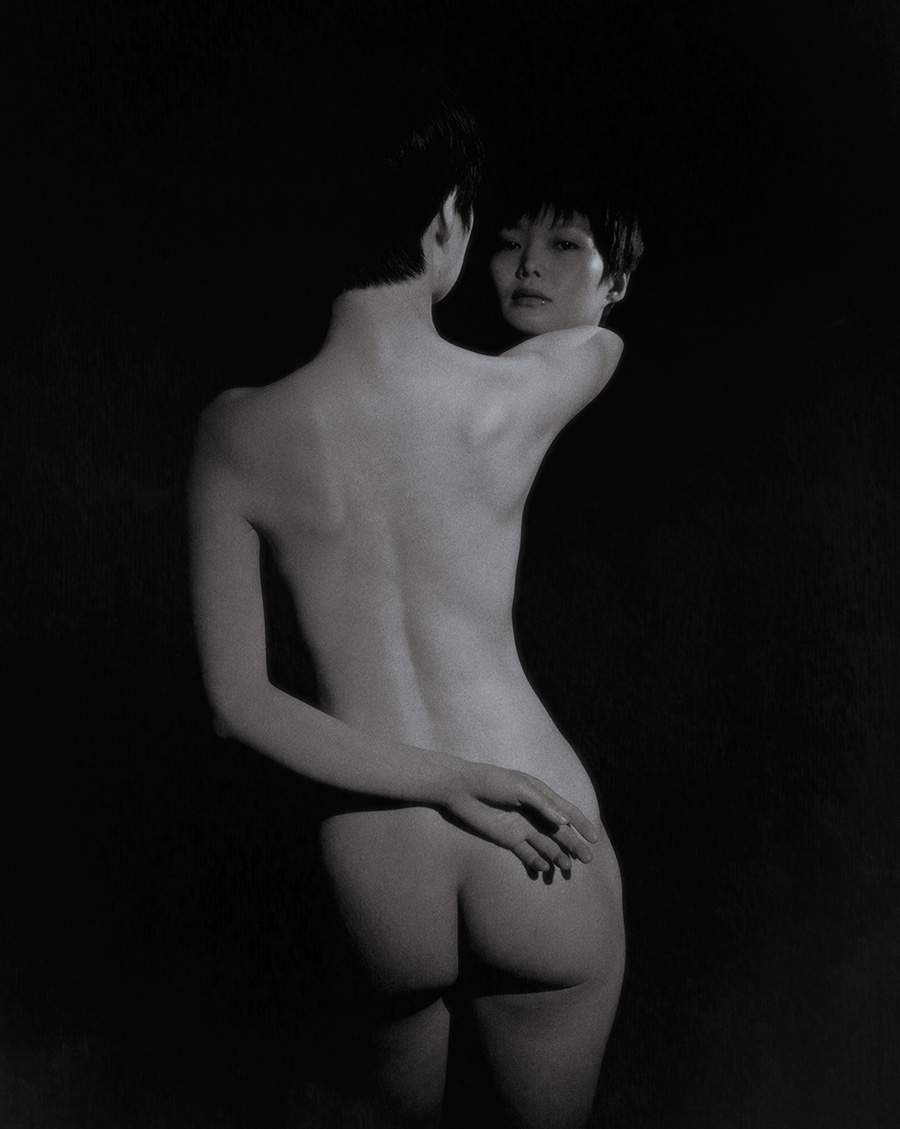
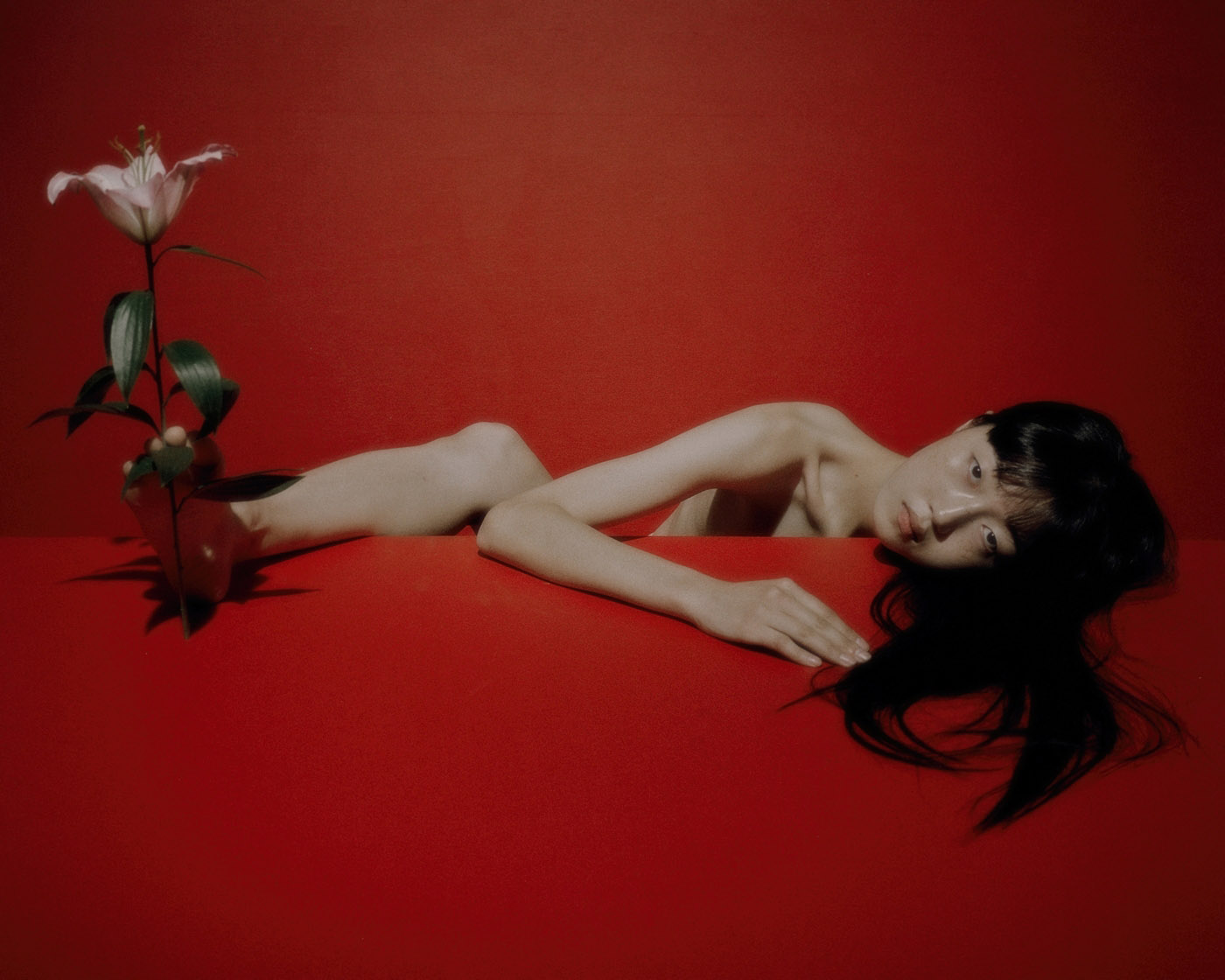
Further information about the artist and the series “Fearless Flowers” can be found on Marcin T. Jozefiak’s website and instagram
Book and poster designed by Gute Form (@guteformseoul)
Interview by Yves Tsou
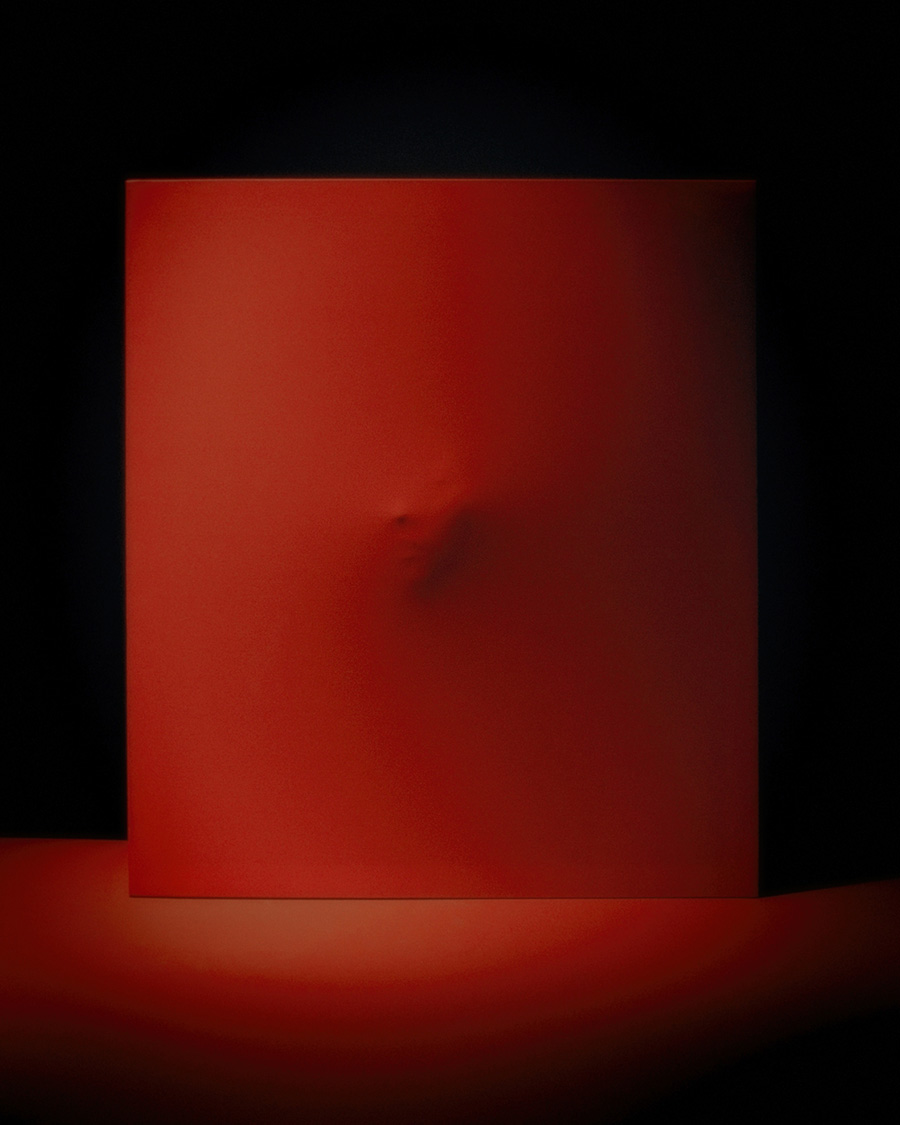
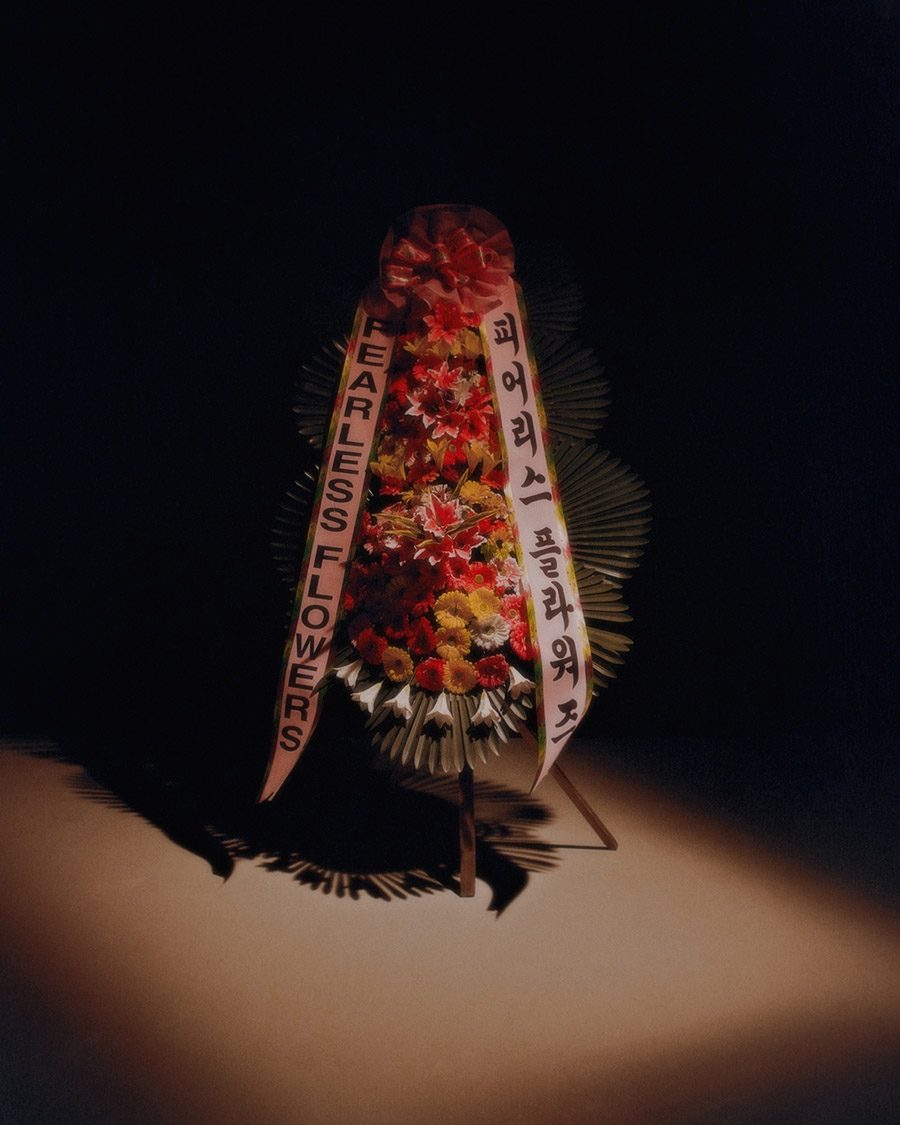
Each Man Kills the Things He Loves

Each Man Kills The Things He Loves
SAINT LAURENT Spring Summer 24 Men’s Fashion Show in Berlin’s Neue Nationalgalerie


Meticulously crafted ensembles flawlessly blended with the venue, as delicate silhouettes seamlessly created strong looks. Saint Laurent’s Spring/Summer 2024 menswear show was an exceptional showcase of timeless yet cutting-edge ensembles. Presented at the architectural masterpiece, the Neue Nationalgalerie in Berlin, and under the creative direction of Anthony Vaccarello, the collection, titled “Each Man Kills the Things He Loves,” embraced an androgynous aesthetic while exuding sensuality.
Sophisticated, progressist, sexy and not afraid to show some shoulders is the Saint Laurent Man. While showing off his figure he struts confidently the runway and blurs the lines between masculinity and femininity. Showcasing figure-hugging silhouettes, the garments embody the essence of Saint Laurent, while recreating some of the mythic characters in Rainer Werner Fassbinder films, Querelle and Le Droit du Plus Fort.
The show is a harmonious balance of opposite elements. Feminine one-shoulder tops merge with masculine high-waisted pants, creating a captivating contrast. The ethereal delicacy of sheer chiffon fabric juxtaposes with the structured volume of tuxedo jackets, evoking a striking balance. Furthermore, the romantic charm of polka dot tops diverges from the audacious boldness of chunky-heeled boots. Altogether, the show was and opulent display of progressive values and subverted traditions.
Designed as an extension of the womenswear collection, the pieces draw clear inspiration from women’s silhouettes. The inclusion of high-collared shirts, tank tops with plunging décolletés, and sarongs elegantly tied around the neck add a captivating touch of sensuality. while meticulous, sharp tailoring and fluid volumes create a romantic and fresh feeling.








Exquisite textiles accentuated the opulent atmosphere of the collection. Featuring a diverse range from satin to patent leather, jersey, and mousseline, the different textures provided a visually captivating and sensory experience. Playfully adding to the allure, leopard spots adorned some of the patterns, while the iconic Saint Laurent black prevailed throughout the collection in a variety of shades.
The tailoring of the collection, characterized by broad shoulders and tapered legs, showcased Saint Laurent’s expertise, mastery of shapes, and bold fashion sensibility. Classic bow ties, traditionally associated with formalwear, received a fresh twist as they were presented in pristine white, adding a contemporary edge to this timeless accessory.
The choice of venue for the show added an extra layer of significance to the collection. designed by Ludwig Mies van der Rohe in 1968, the Neue Nationalgalerie boasts a steel roof that complements the collection’s sleek and contemporary aesthetic. Temporary insertions enhanced the space with a powerful light flooding the venue, turning it into a temple of light.
Vaccarello’s approach is known to be strong and radical. The result, a collection that exuded freshness, elegance, and intrepidness—a true ode to sensuality and androgynous chic.


Text: Carolina Benjumea
Nuances
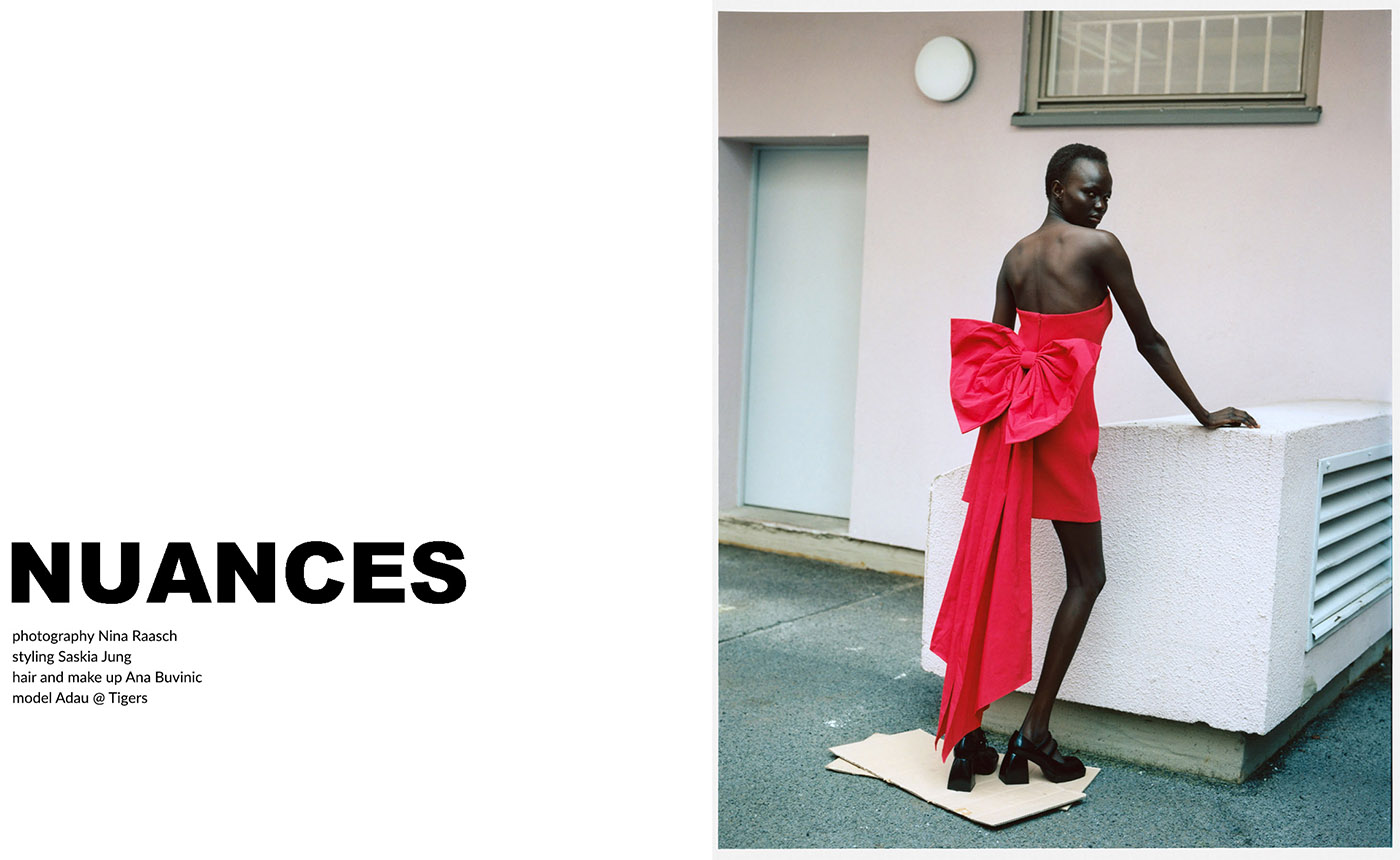
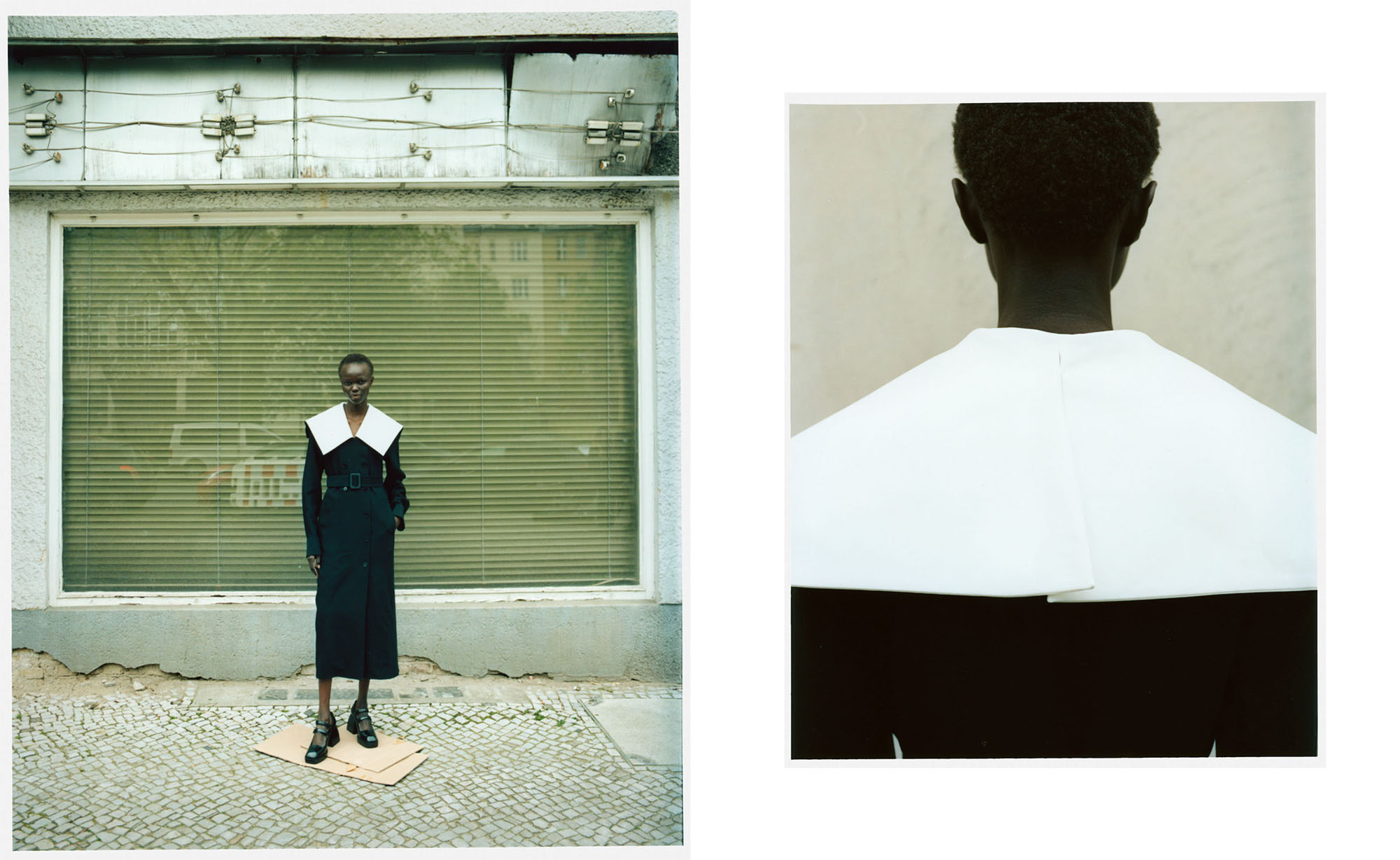
dress JIL SANDER, shoes NODALETO
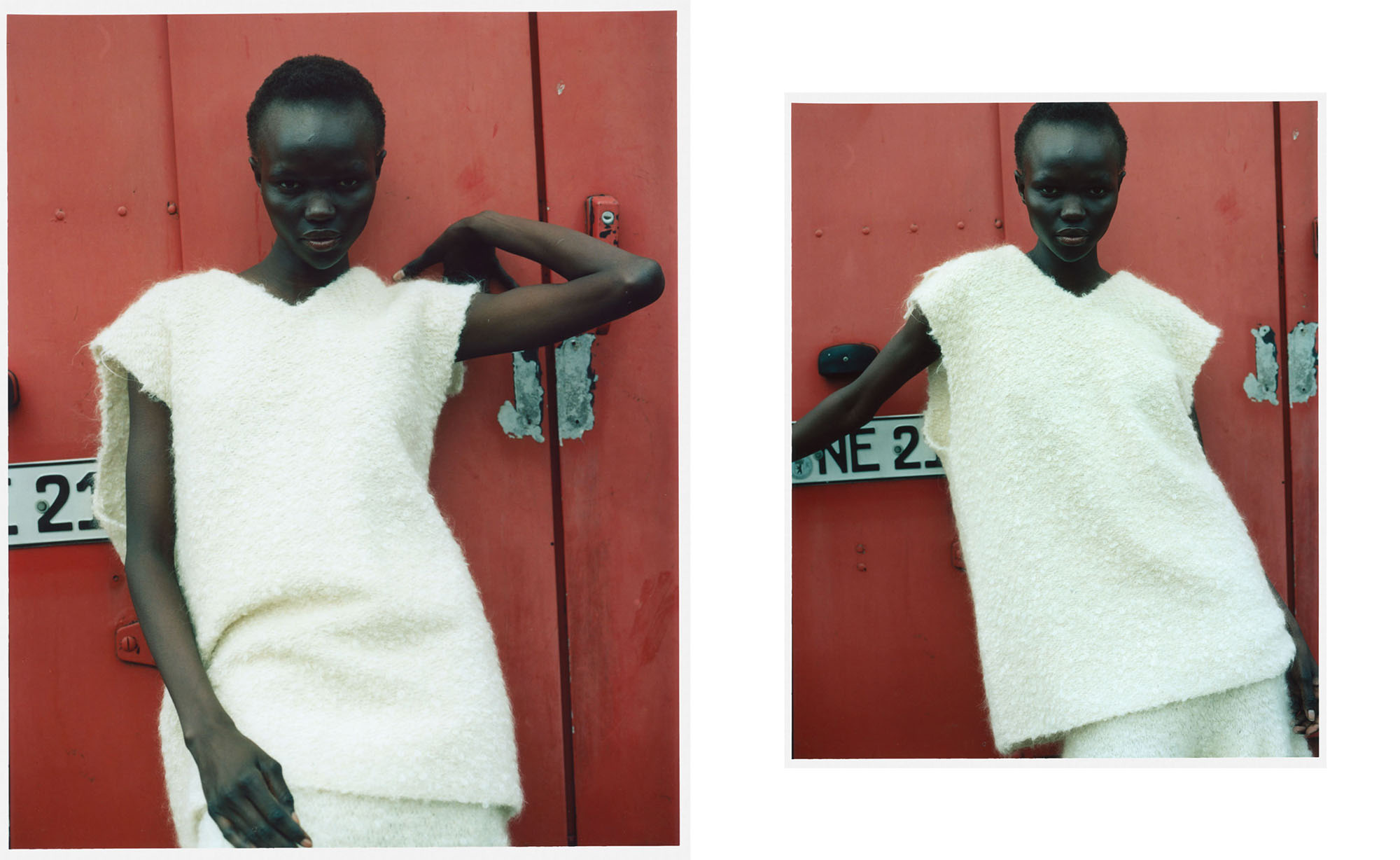
top & skirt JIL SANDER
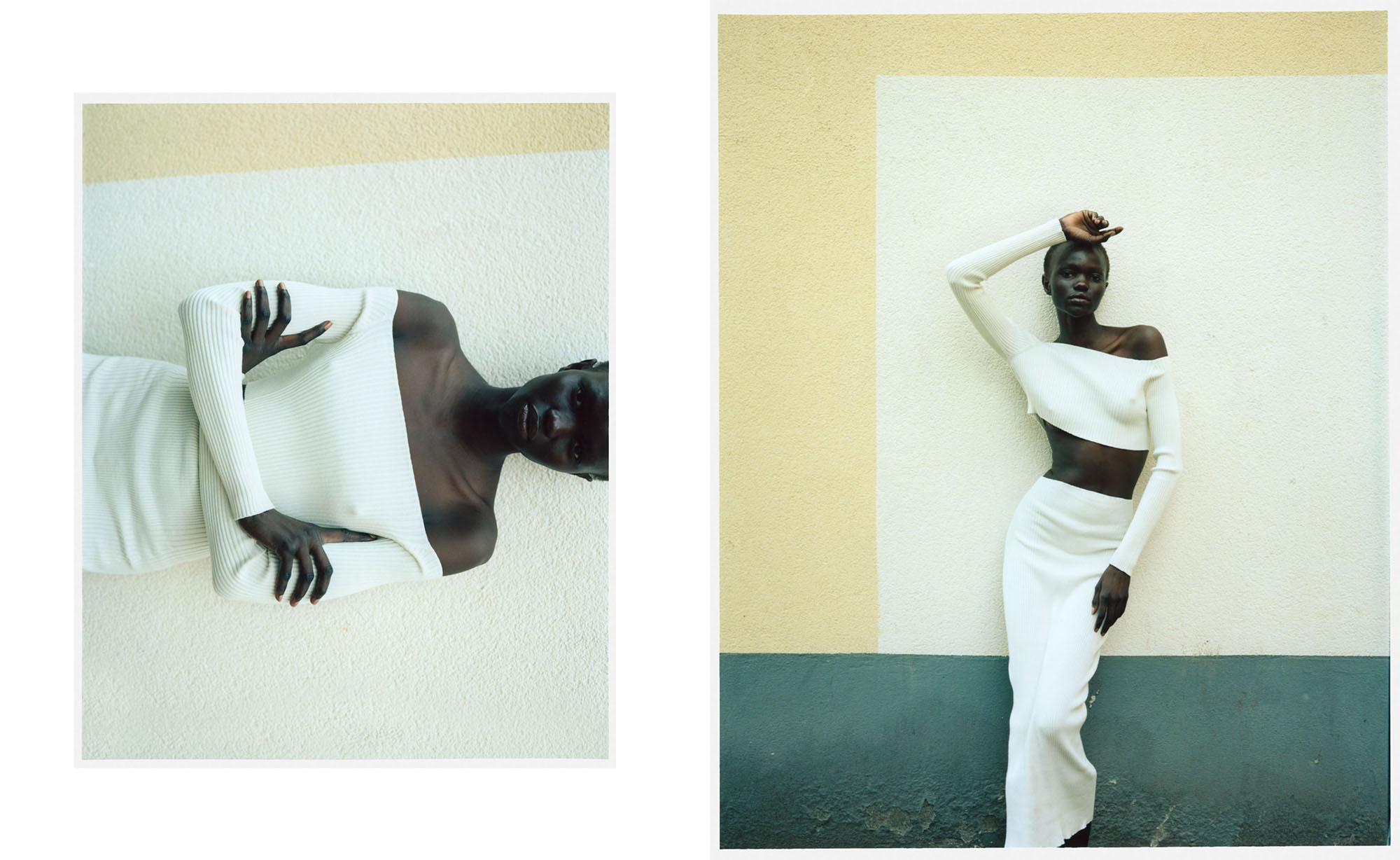
top & skirt AERON
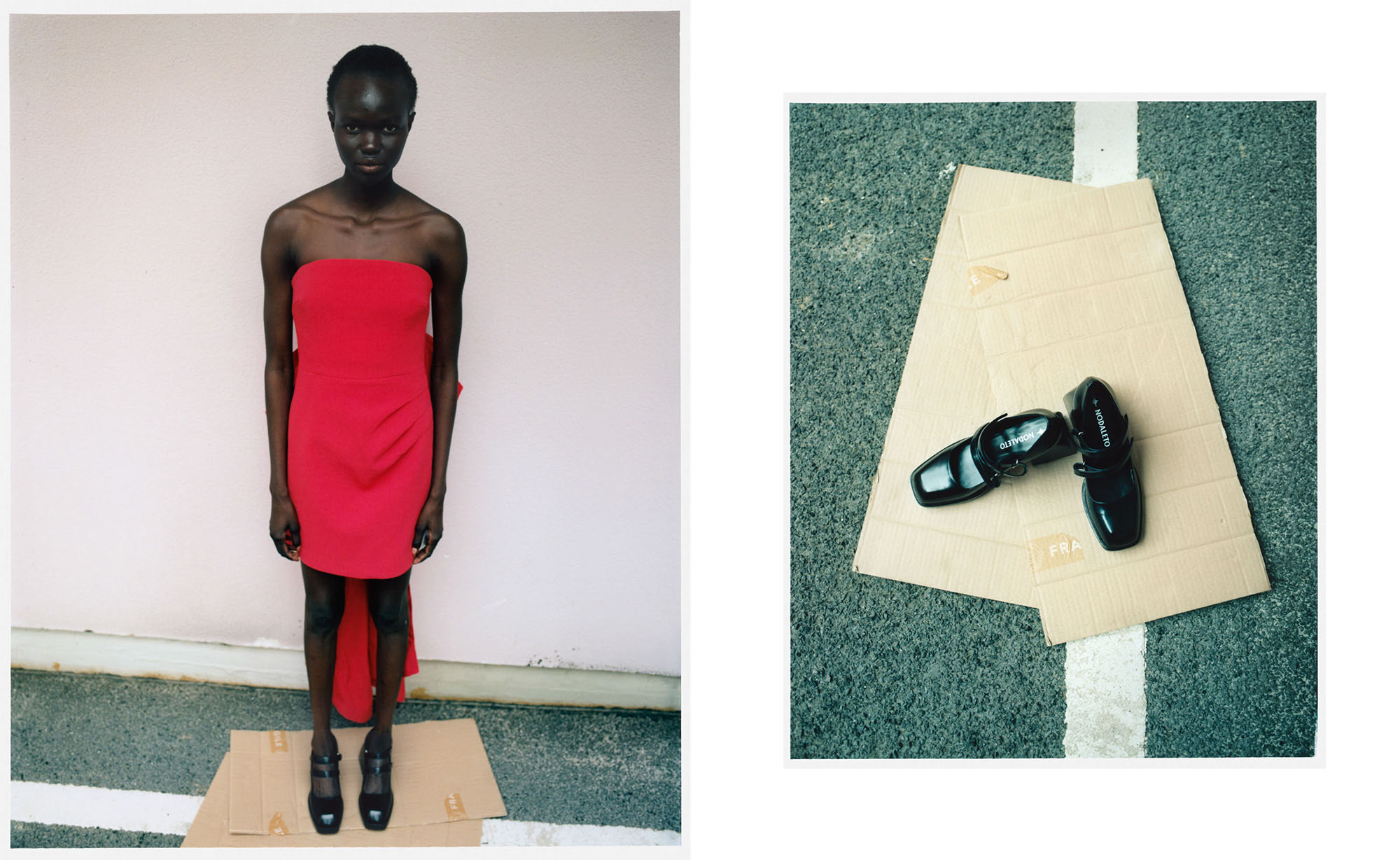
dress REBECCA VALLANCE, shoes NODALETO
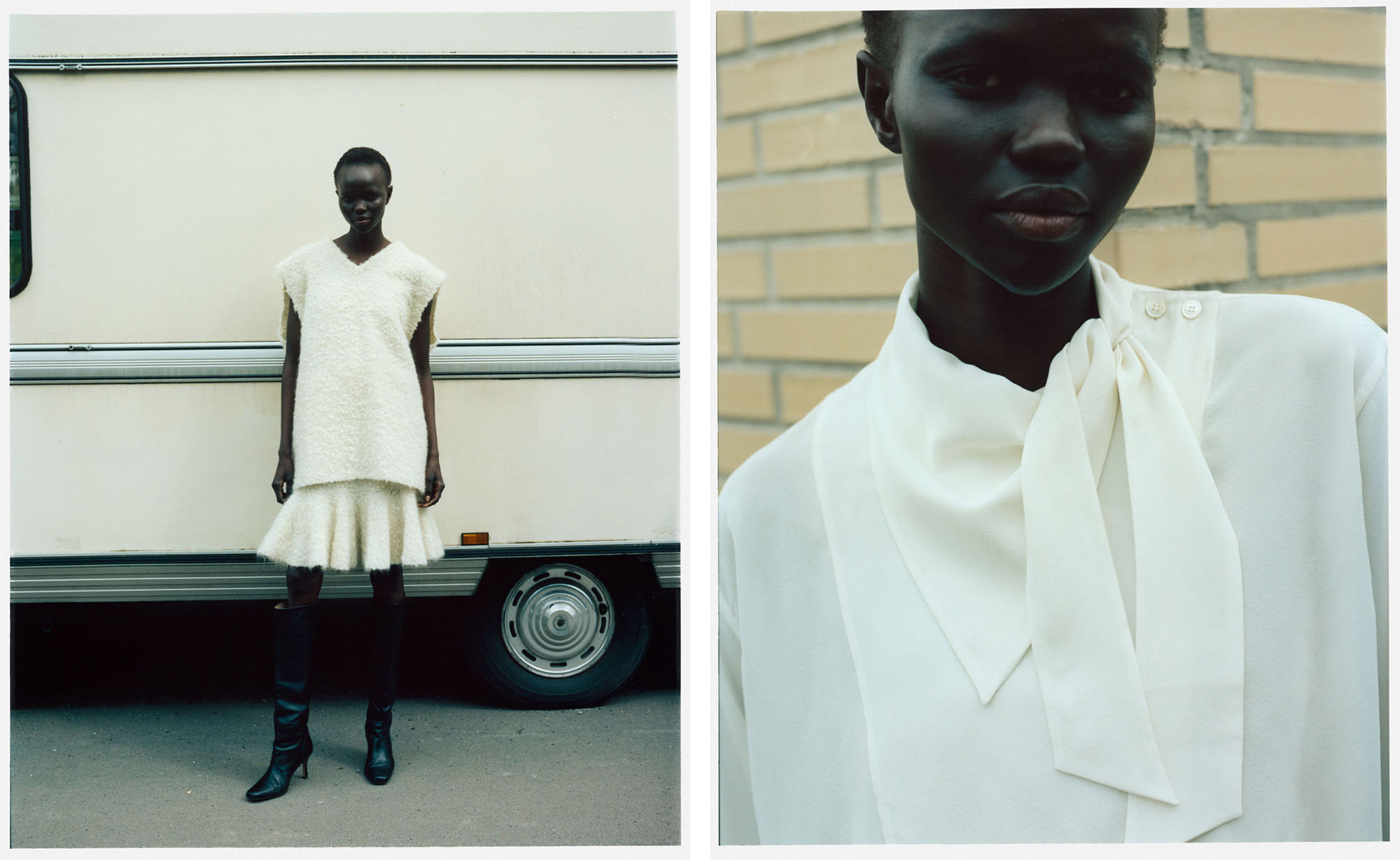
(left) top & skirt JIL SANDER, boots BALENCIAGA (right) blouse FILIPPA K
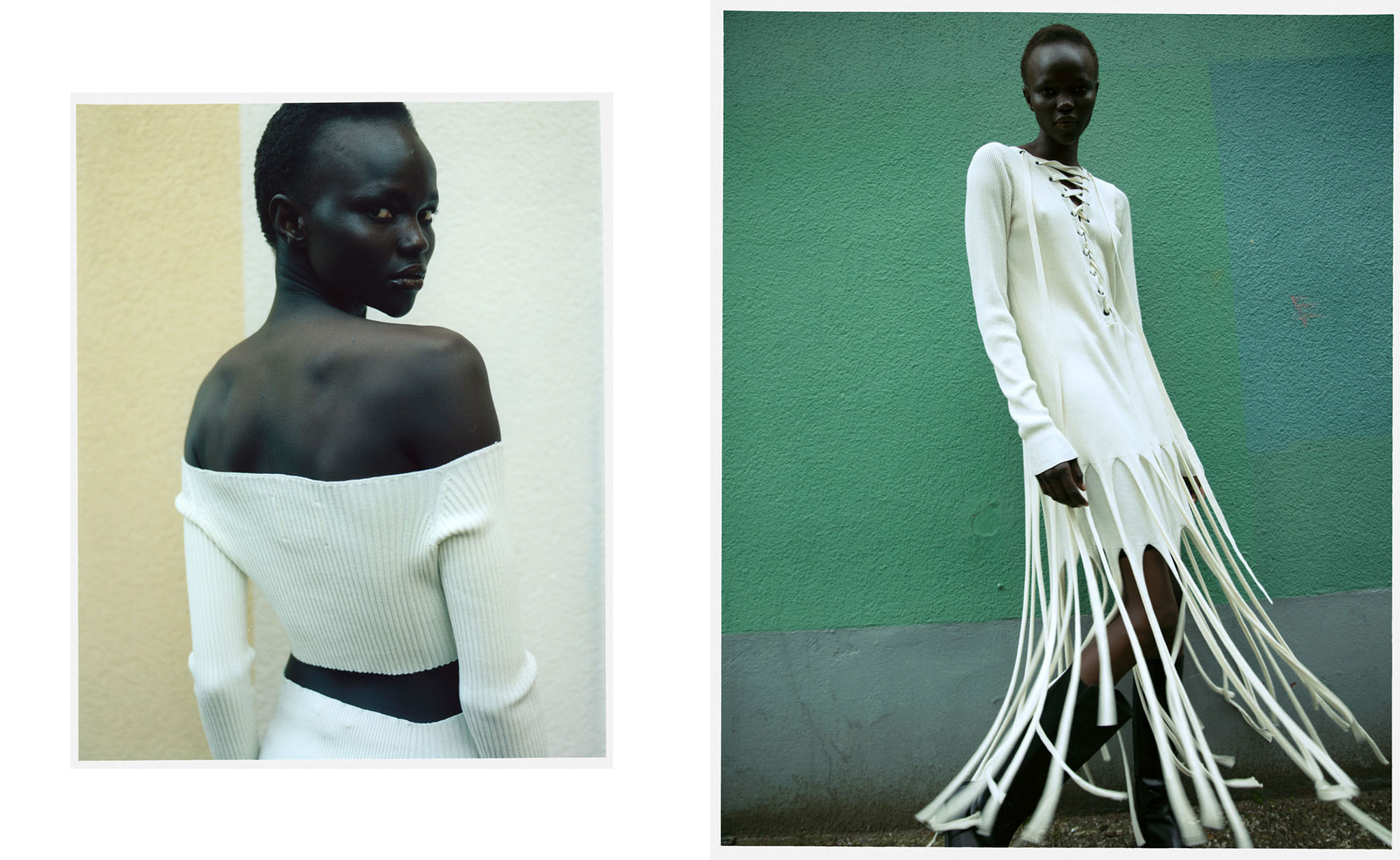
(left) top & skirt AERON (right) dress stylist’s own, boots SAINT LAURENT
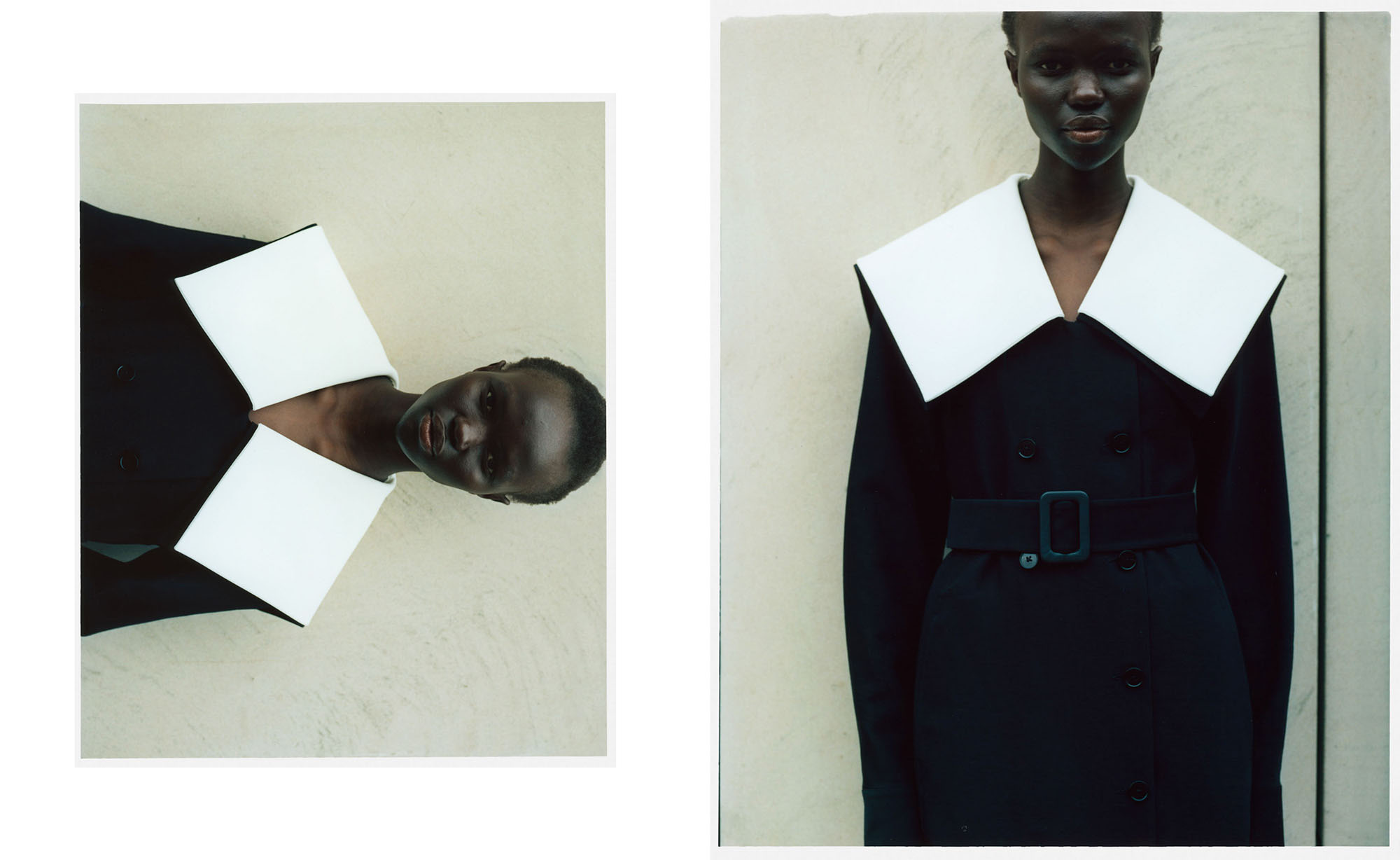
Photographer: Nina Raasch (@ninaraasch) ninaraasch.com
Stylist: Saskia Jung (@saskiajung_) saskiajung.com
HMUA: Ana Buvinic (@ana.buvinic) anabuvinic.com
Model: Adau (@adaugarangbior)
La Donna

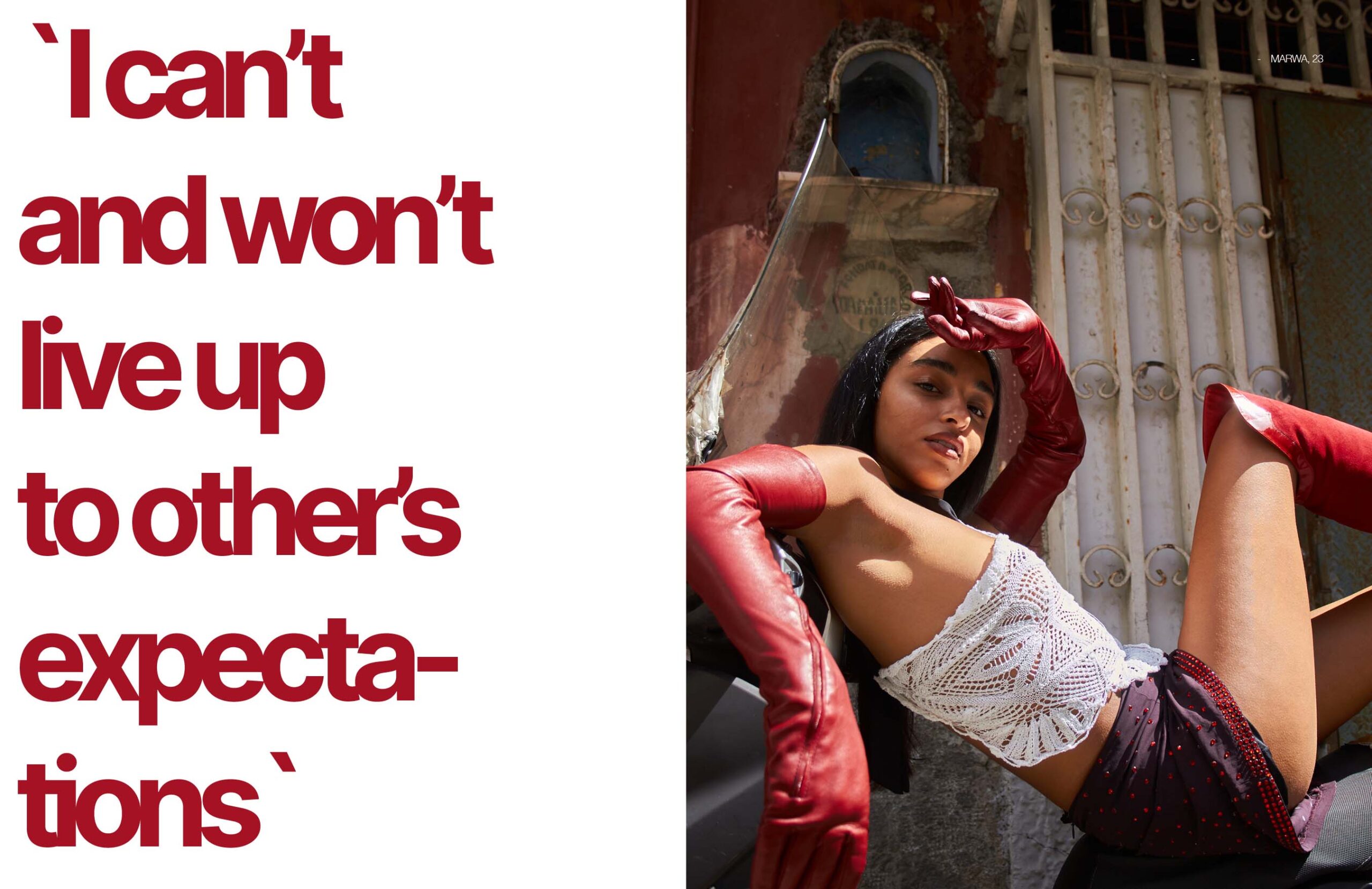
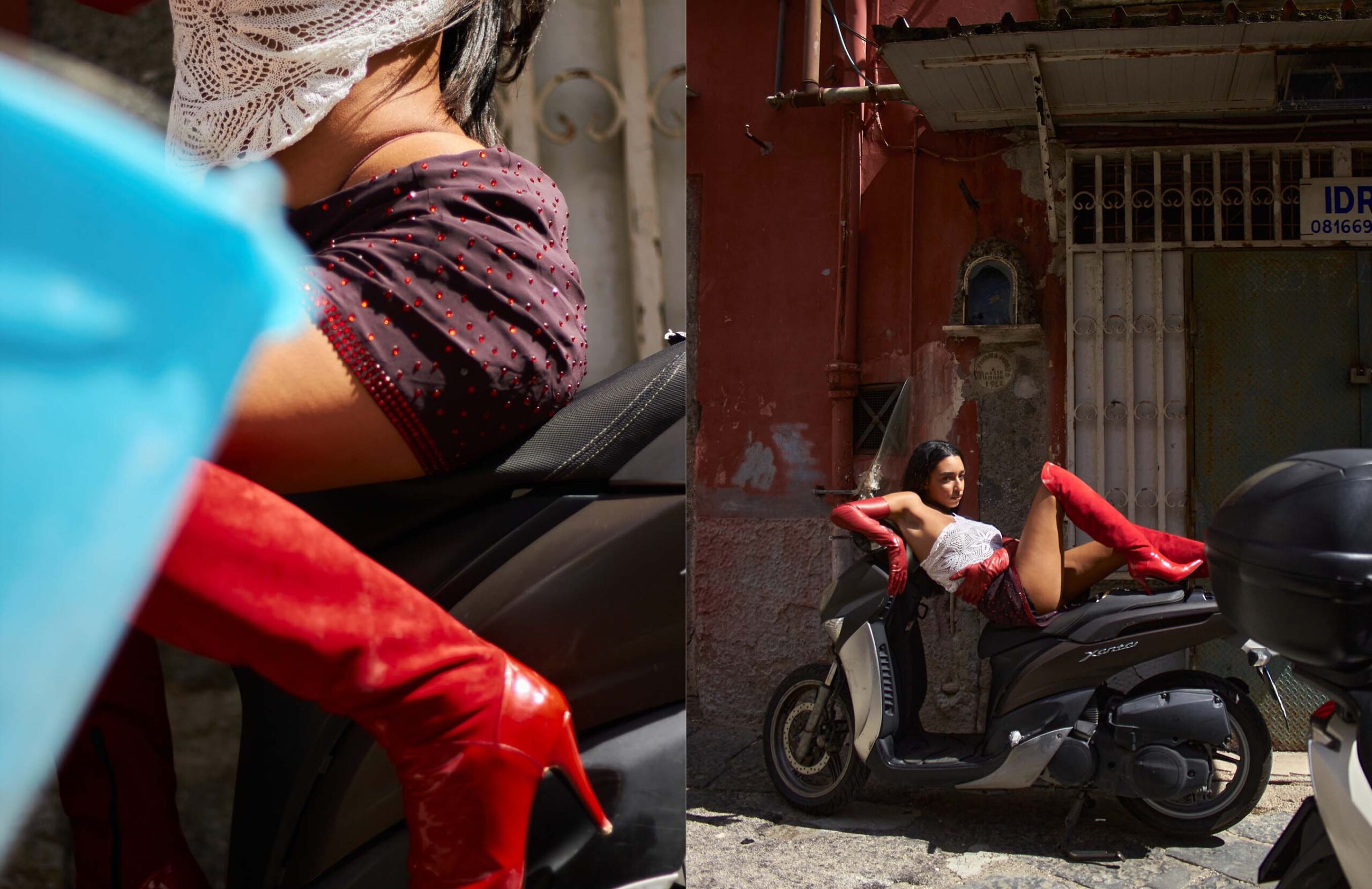
crochet top CUOREMIODV6, skirt vintage DOLCE & GABBANA, gloves vintage YOHJI YAMAMOTO
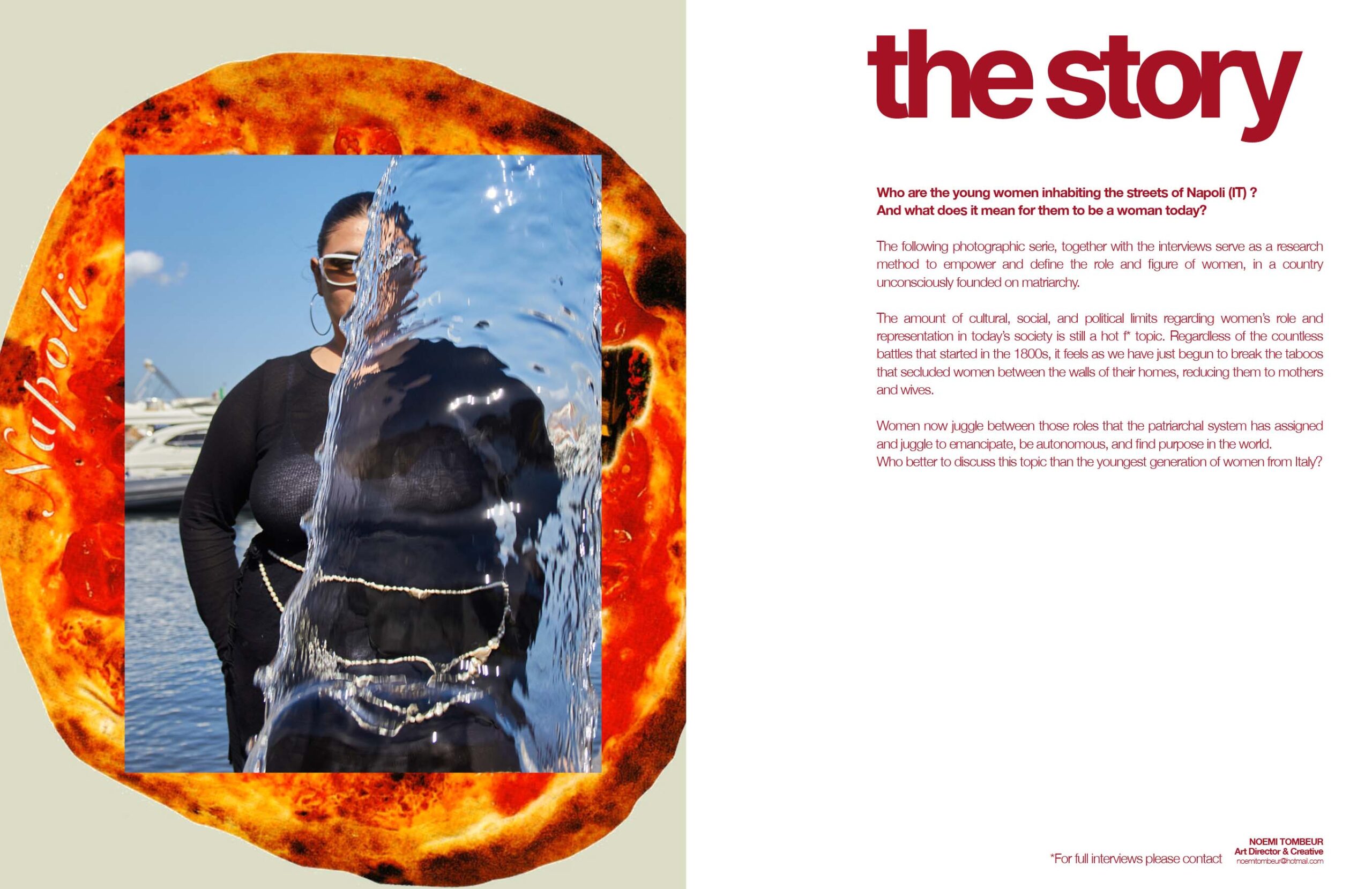
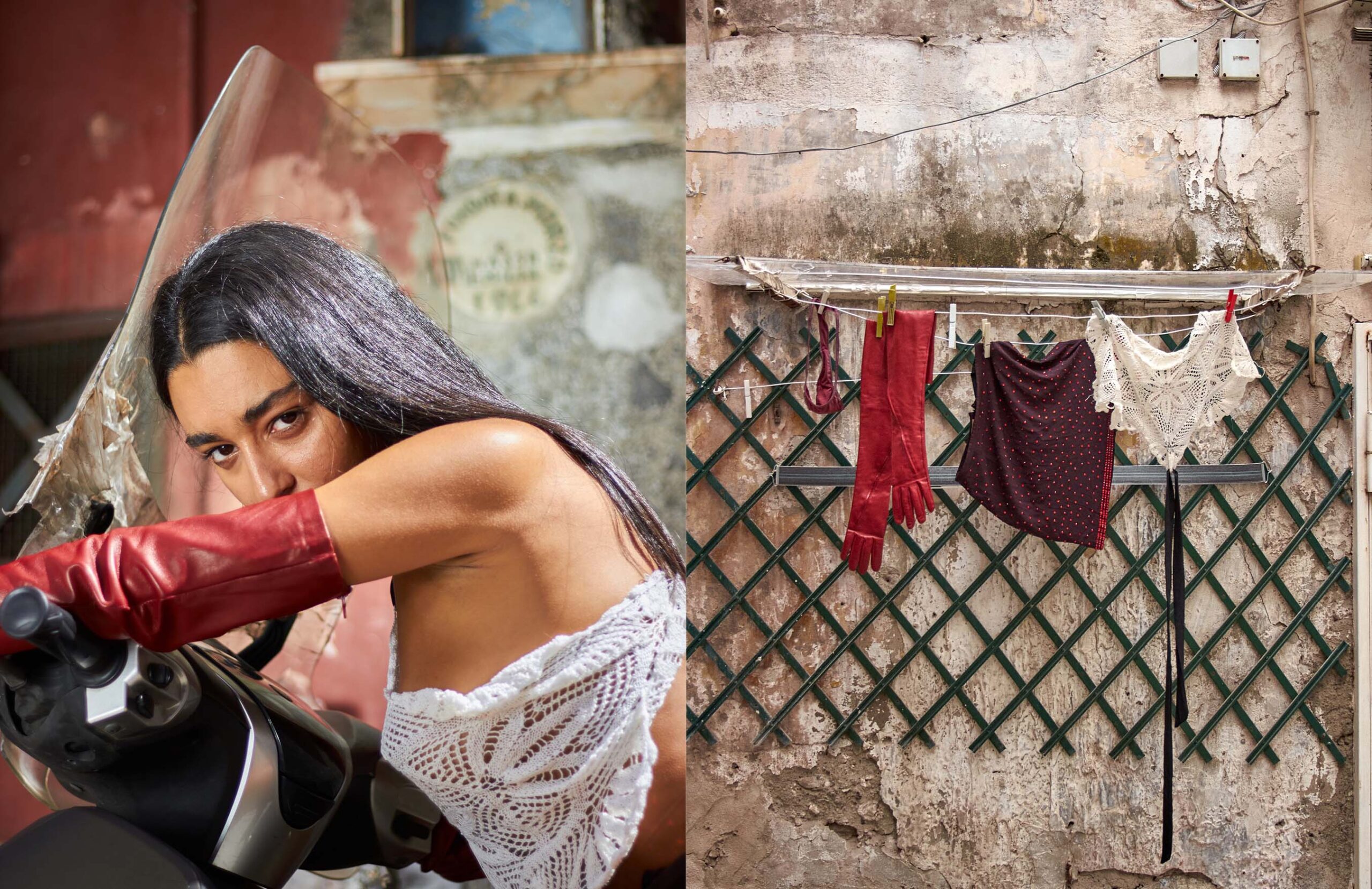

body & balaclava AGUA, skirt & tights stylist’s archive, boots vintage EMANUEL UNGARO

(right) long sleeve t-shirt RICK OWENS, accessories stylist’s own

(right) tank top CUOREMIODV6, boxer, socks & sandals stylist’s archive

(left) dress AGUA, bodysuit stylist’s archive, sandals FORBITCHES

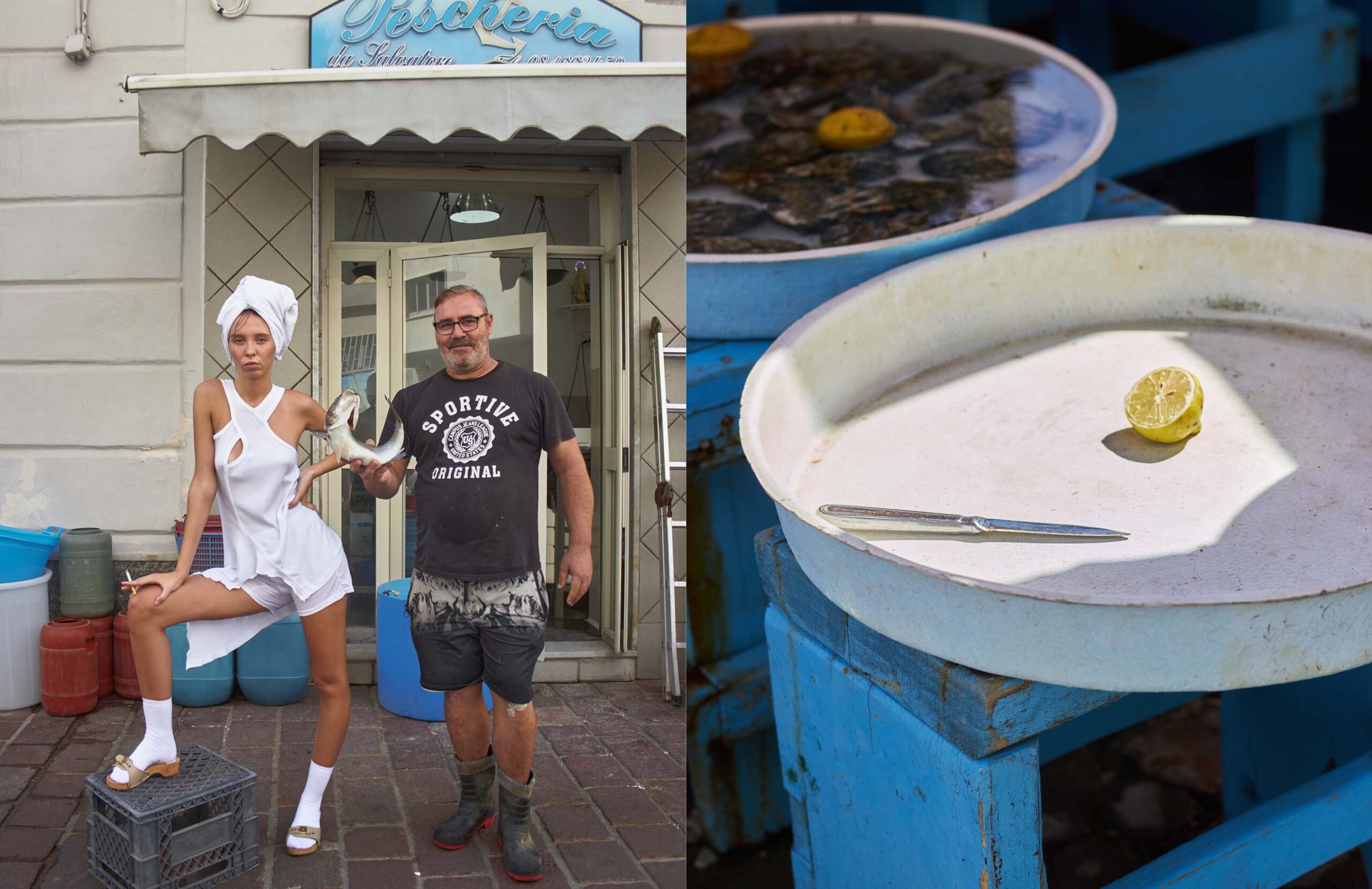

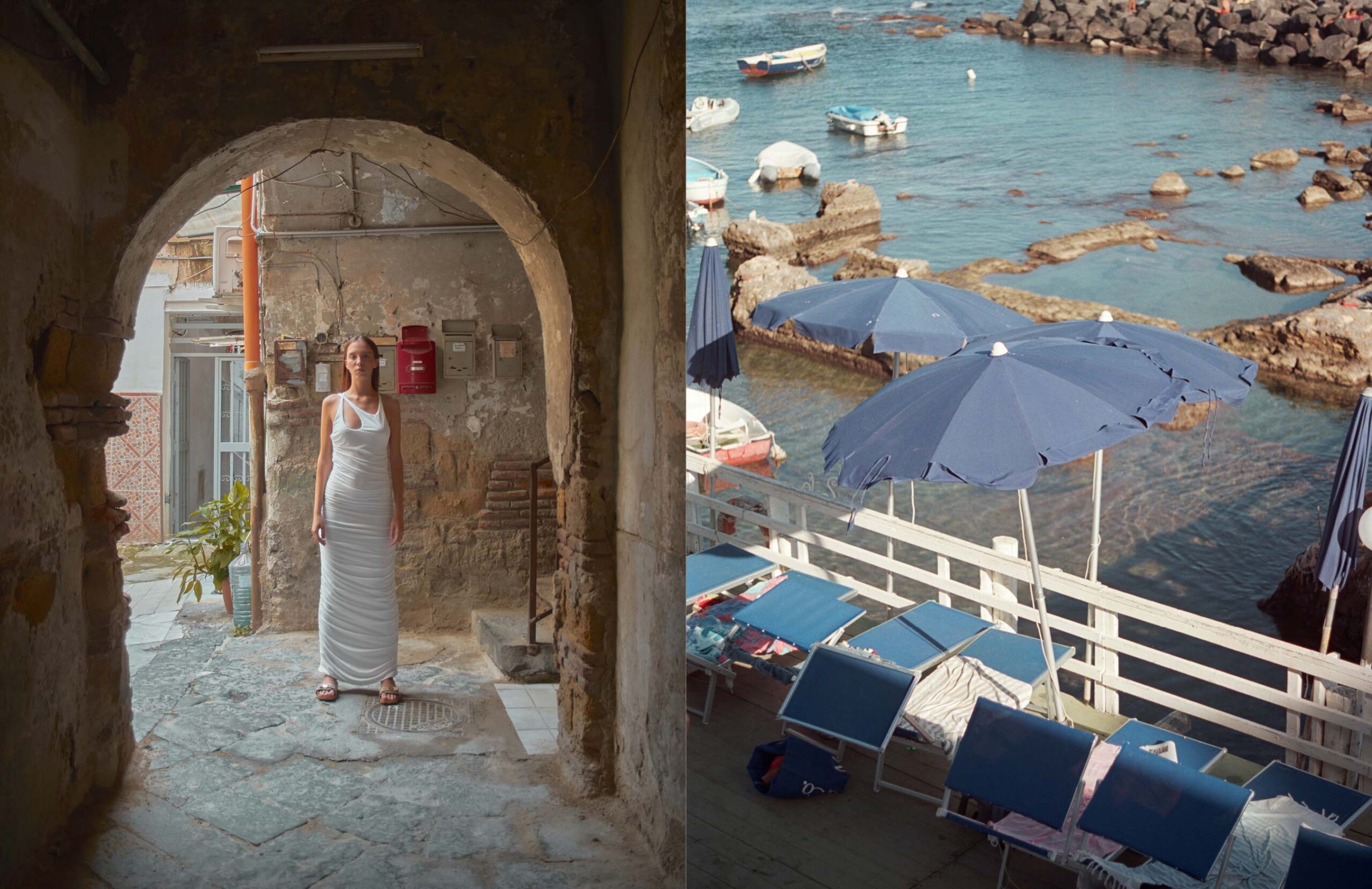
(left) dress AGUA, sandals stylist’s archive

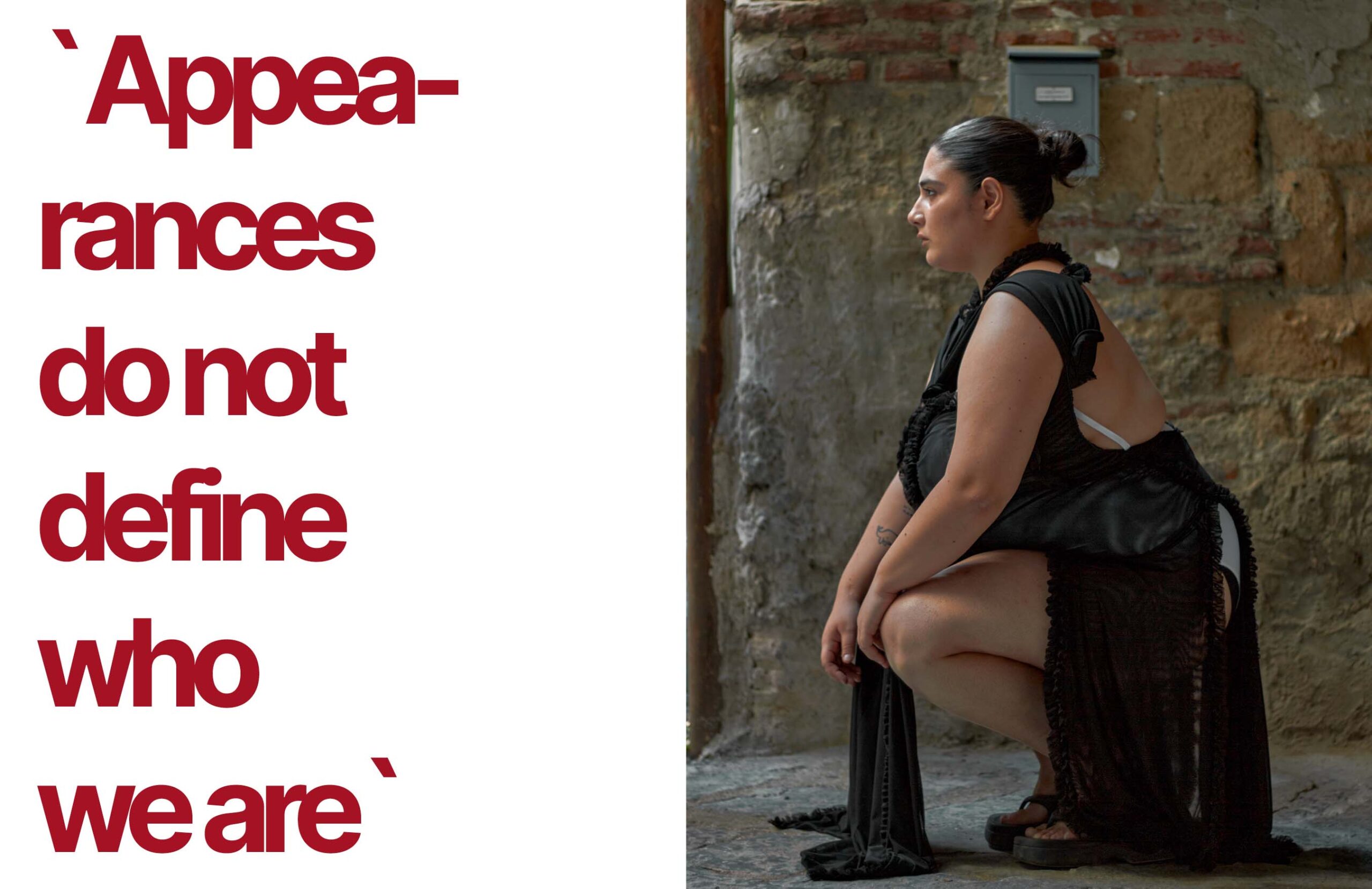
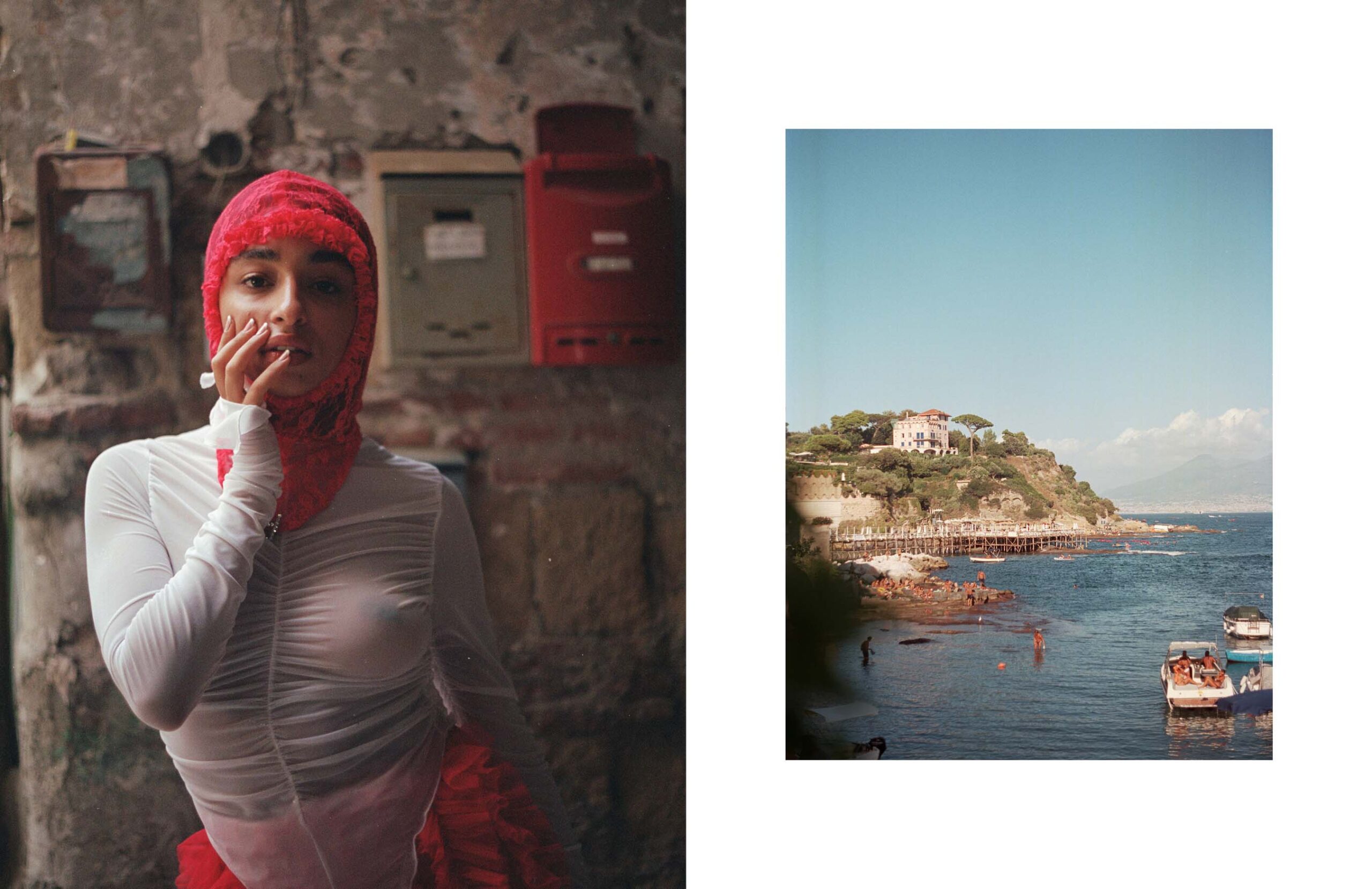
Photography: Irene Villarroya (@villarroyairene)
Creative & Art Direction: Noemi Tombeur (@latombs)
Styling: Lorenzo Bondani (@lll012793)
Casting: Teresa Salvatrice Martelli (@teresasalvatrice)
Models: Andriana (@andriana_lunik), Francesca (@fran1_7cesca), Marwa (@justsaymarwa)
Marcin


shirt BOTTEGA VENETA

jumper JW ANDERSON, underwear DOLCE & GABBANA, necklace CASABLANCA
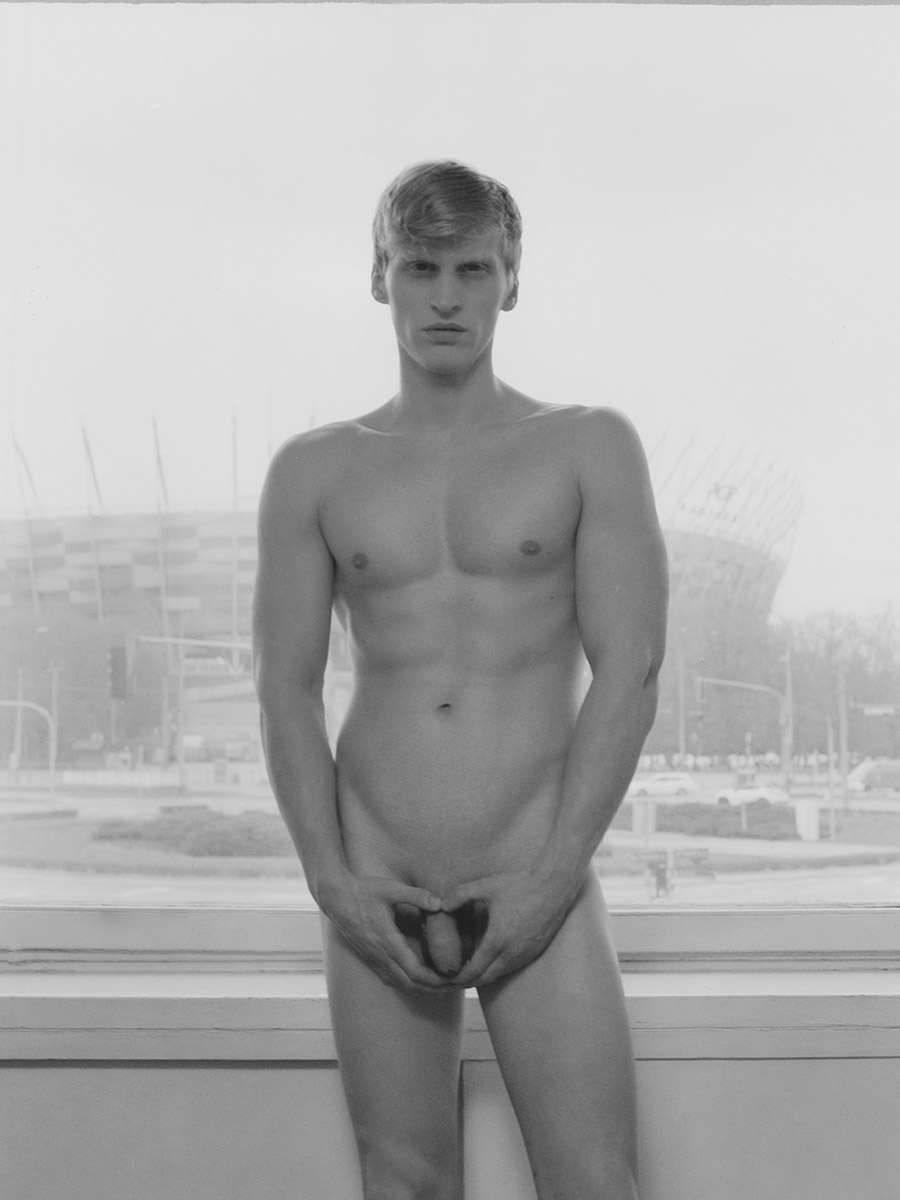
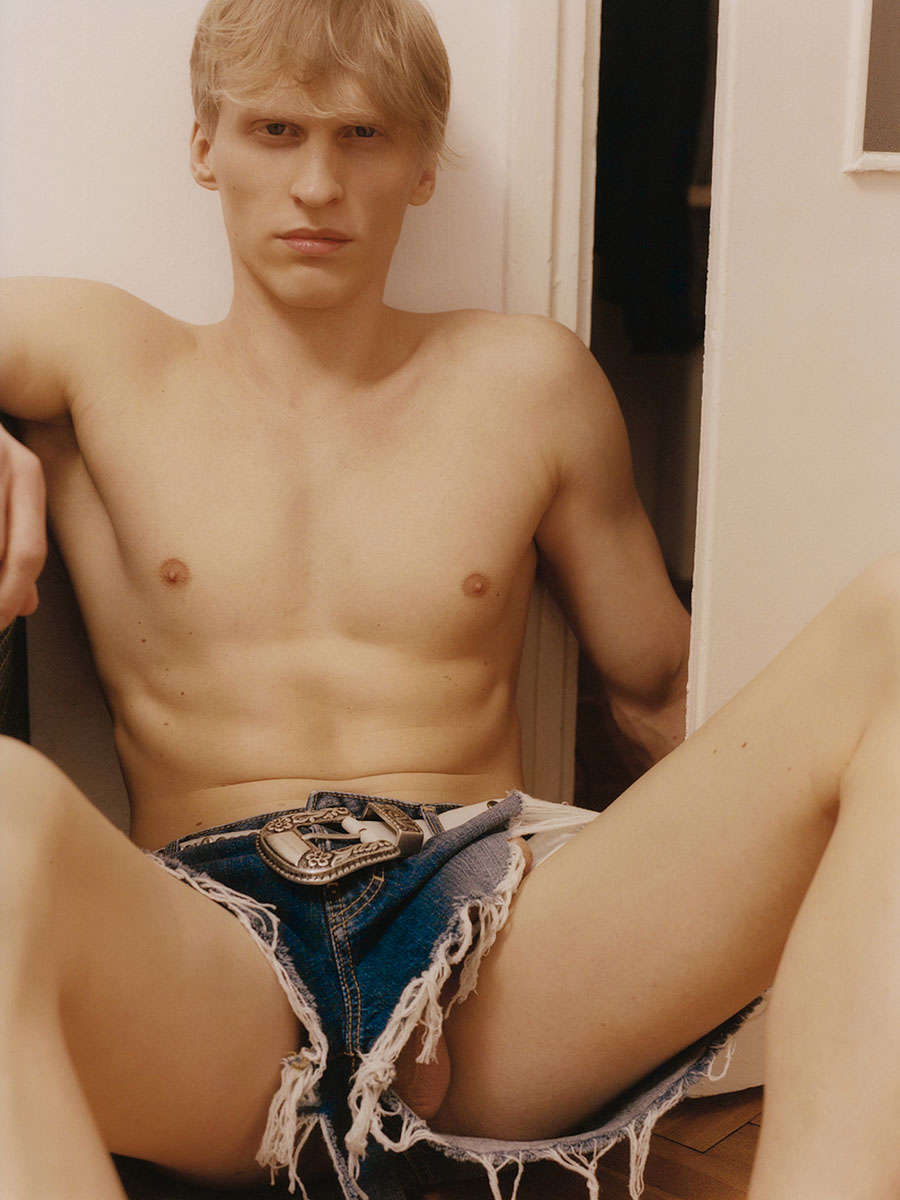
shorts DSQUARED2, belt GOLDEN GOOSE


belt SAINT LAURENT, socks JACQUEMUS, boots MARSÈLL

shorts HALFBOY, socks JACQUEMUS
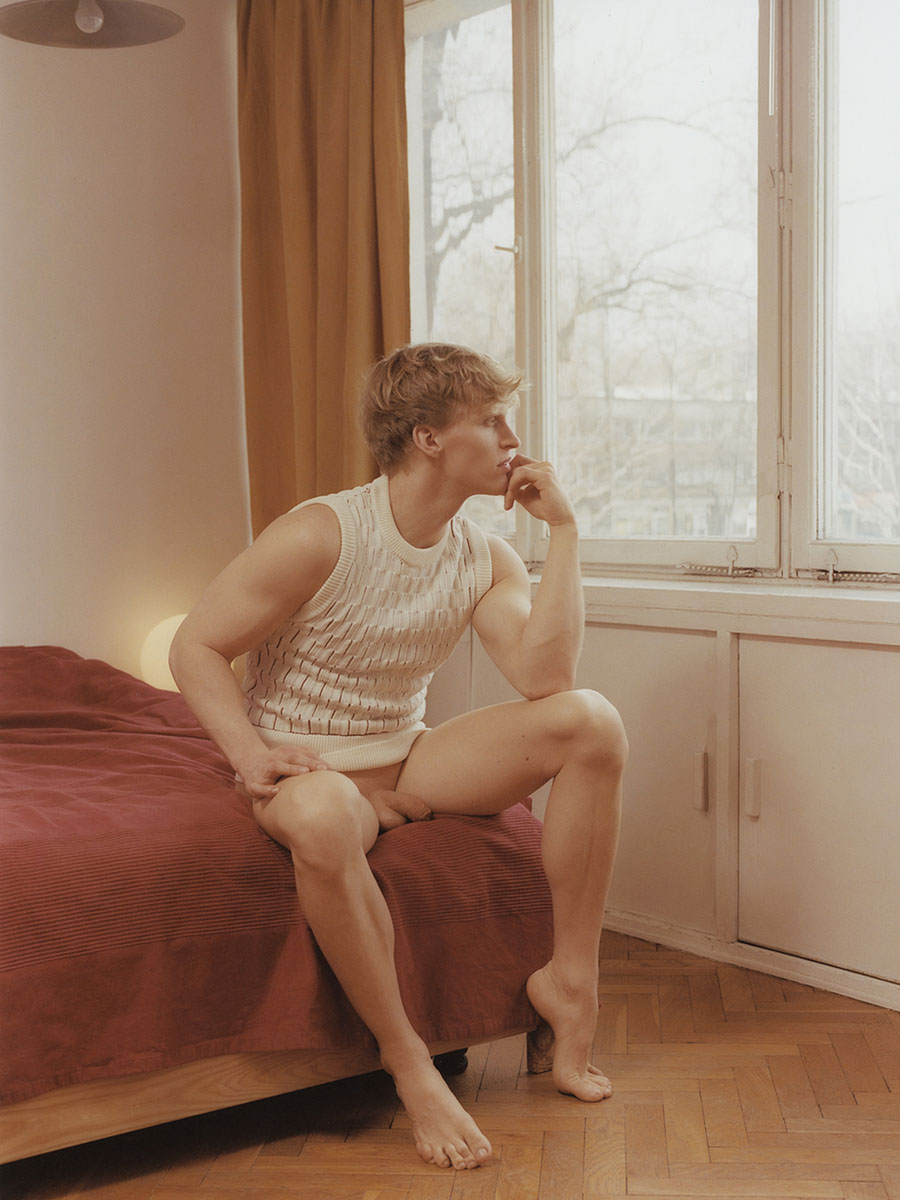
vest WALES BONNER
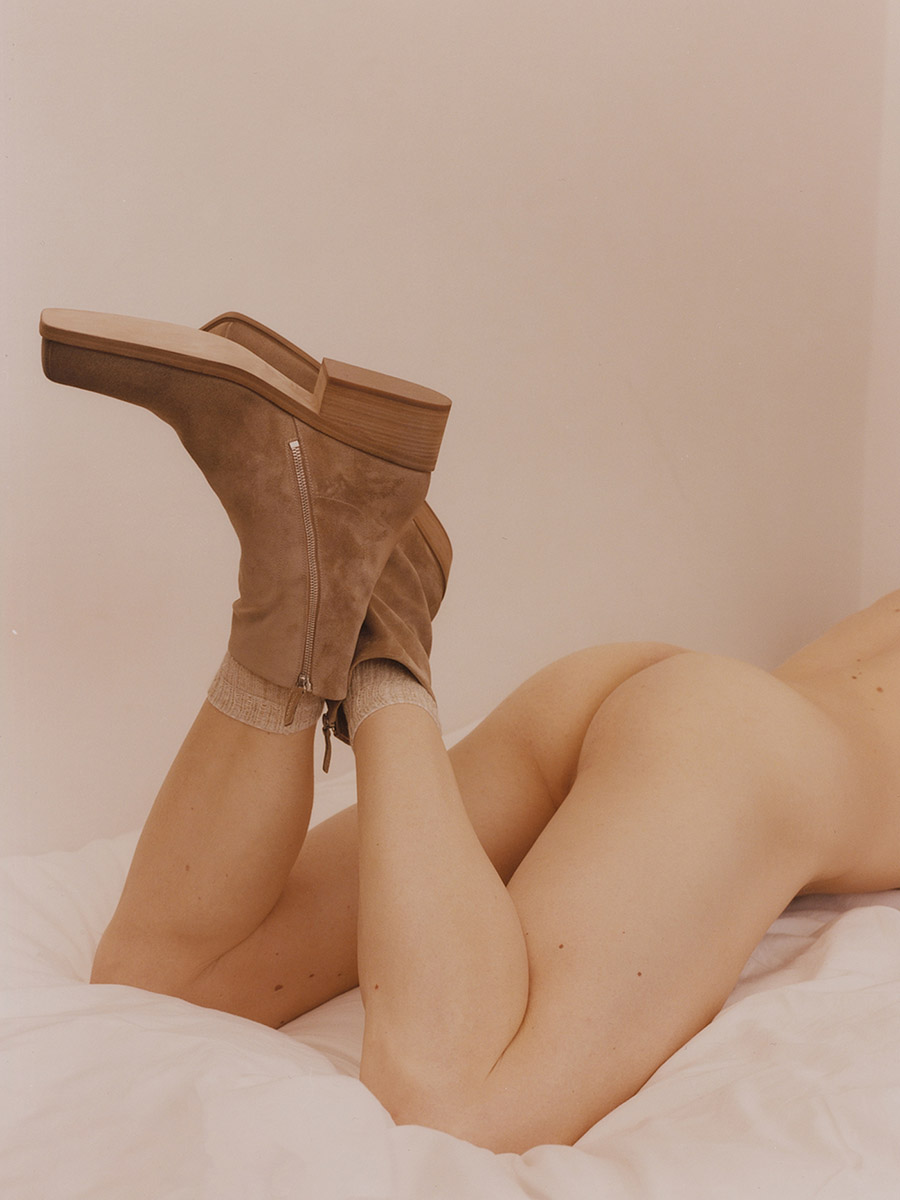

vest WALES BONNER, jacket BALENCIAGA, jeans MM6 MAISON MARGIELA, scarf KENZO, ring BOTTEGA VENETA, belt GUCCI

hat NICK FOUQUET, jewelry BLUMARINE, jewelry FORTE FORTE, socks JACQUEMUS, boots MARSÈLL
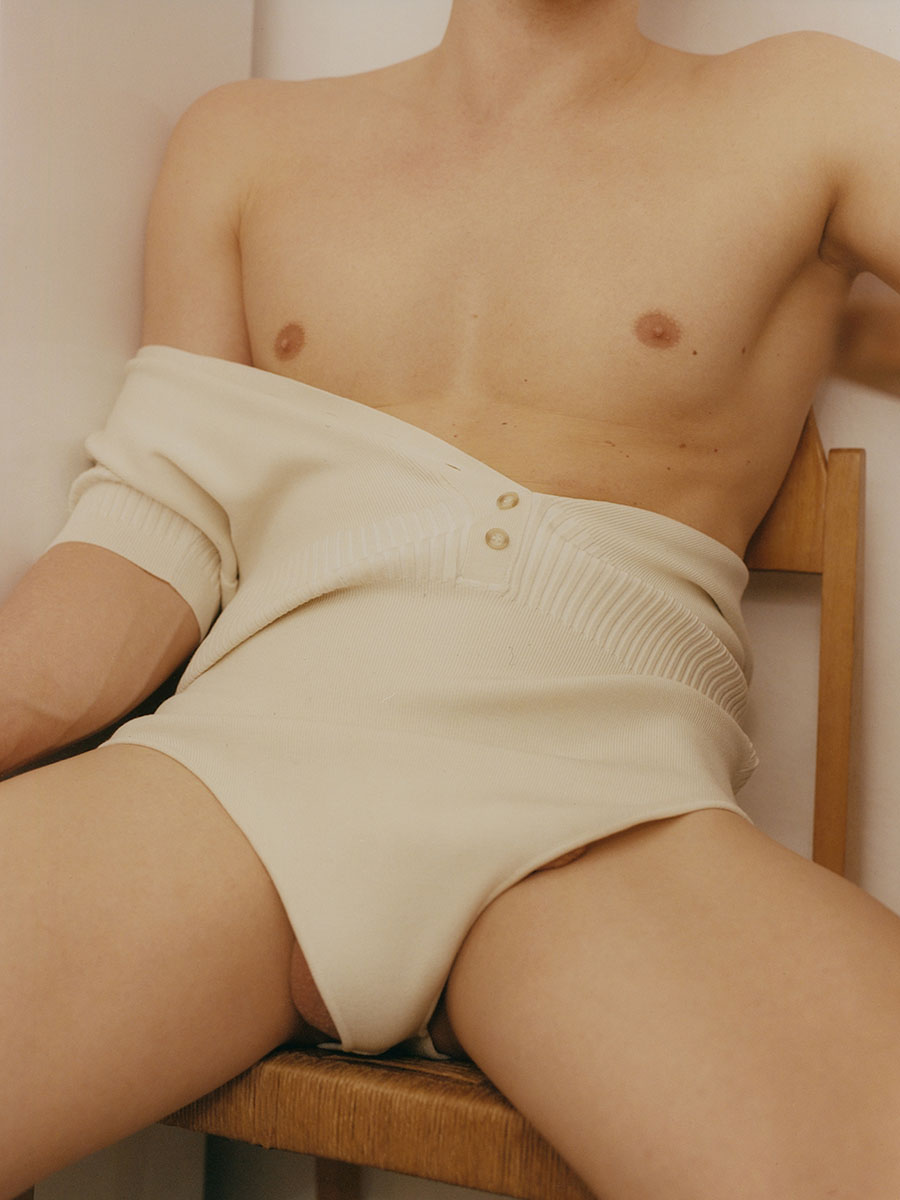
body JACQUEMUS
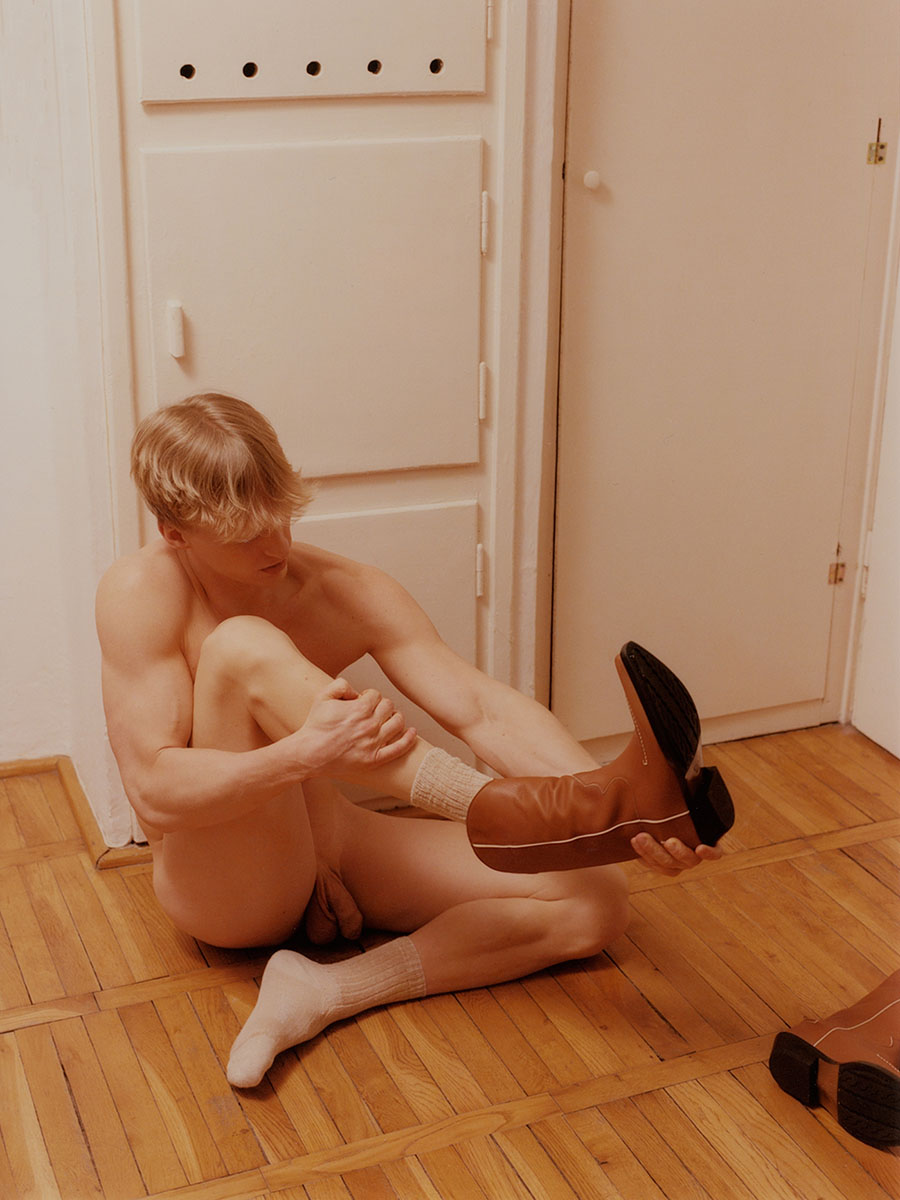
socks JACQUEMUS, boots CHLOÉ
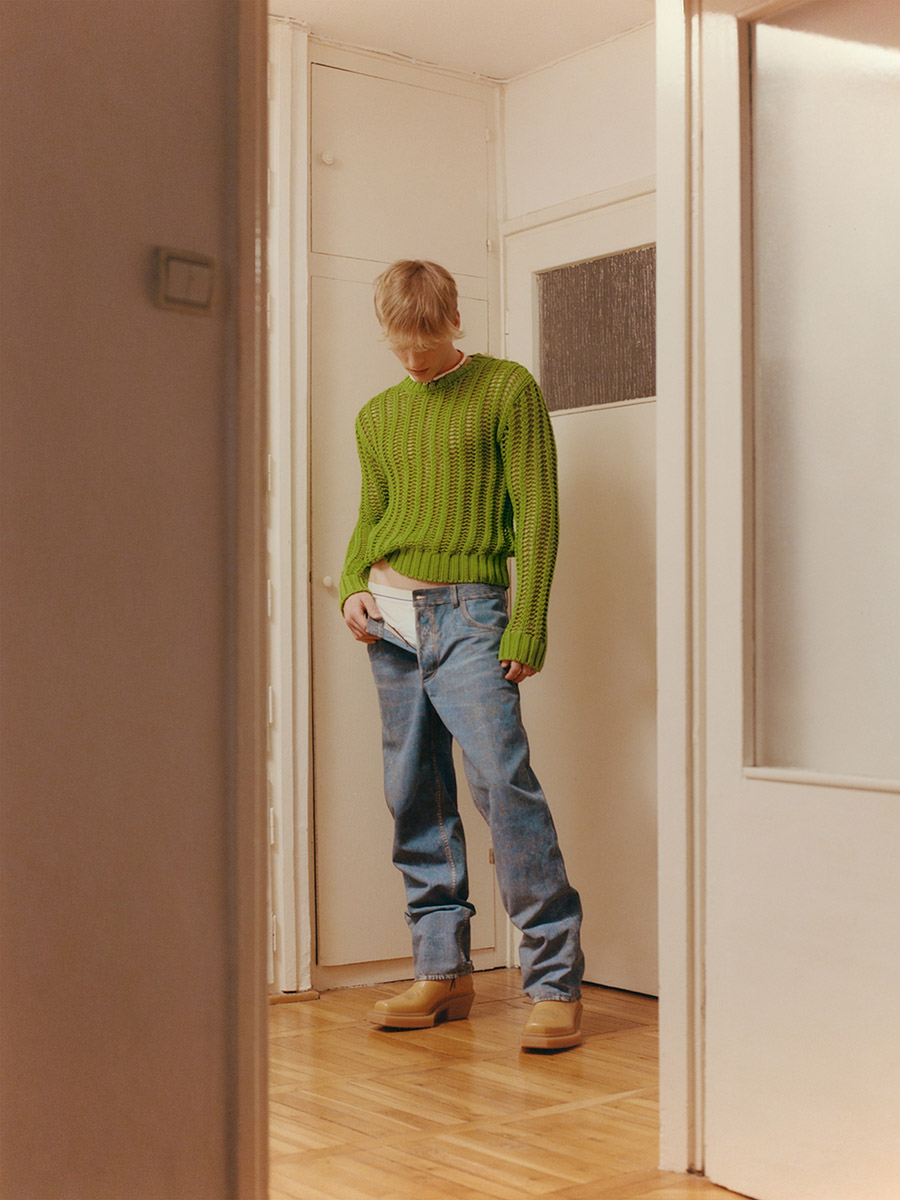
jumper DSQUARED2, jeans BOTTEGA VENETA, underwear DOLCE & GABBANA, boots VTMNTS
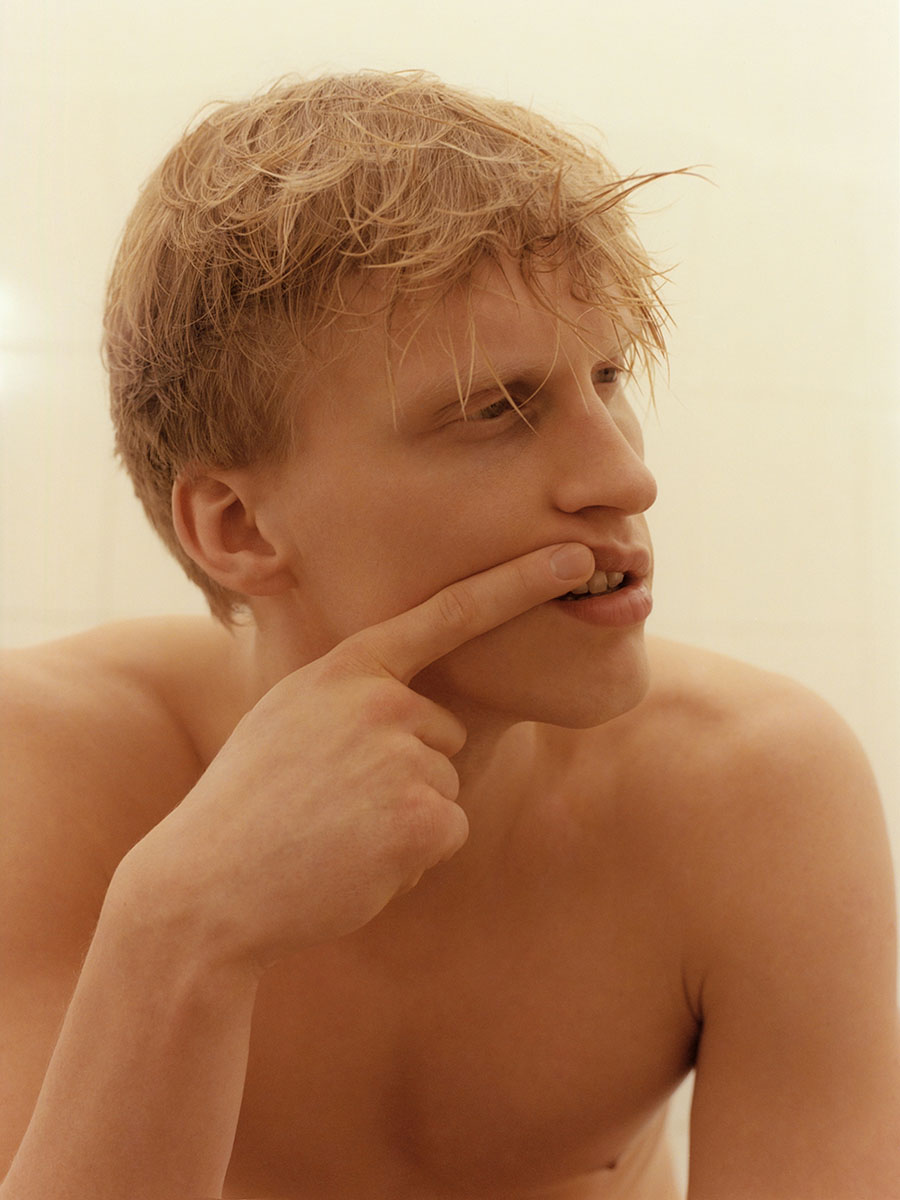
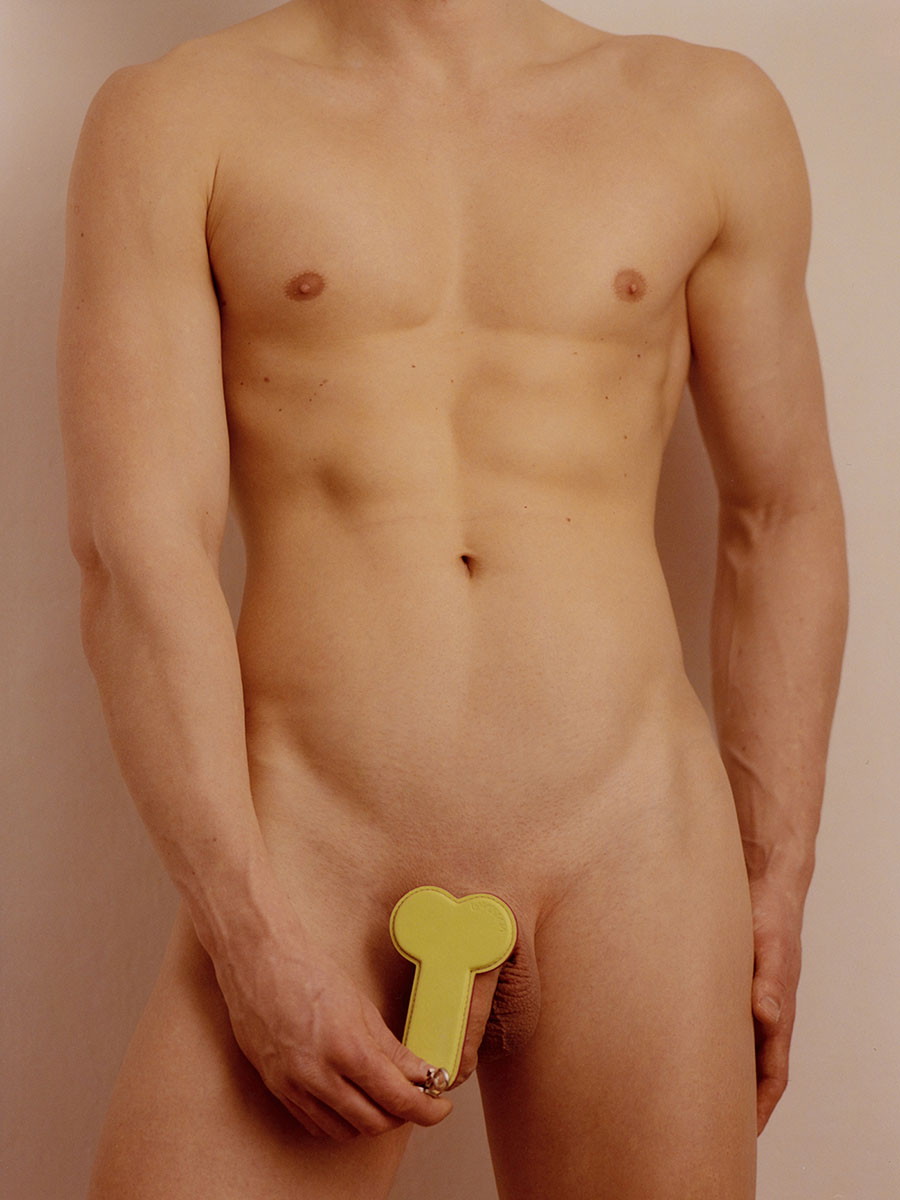
pendant JW ANDERSON

mask 44 LABEL GROUP
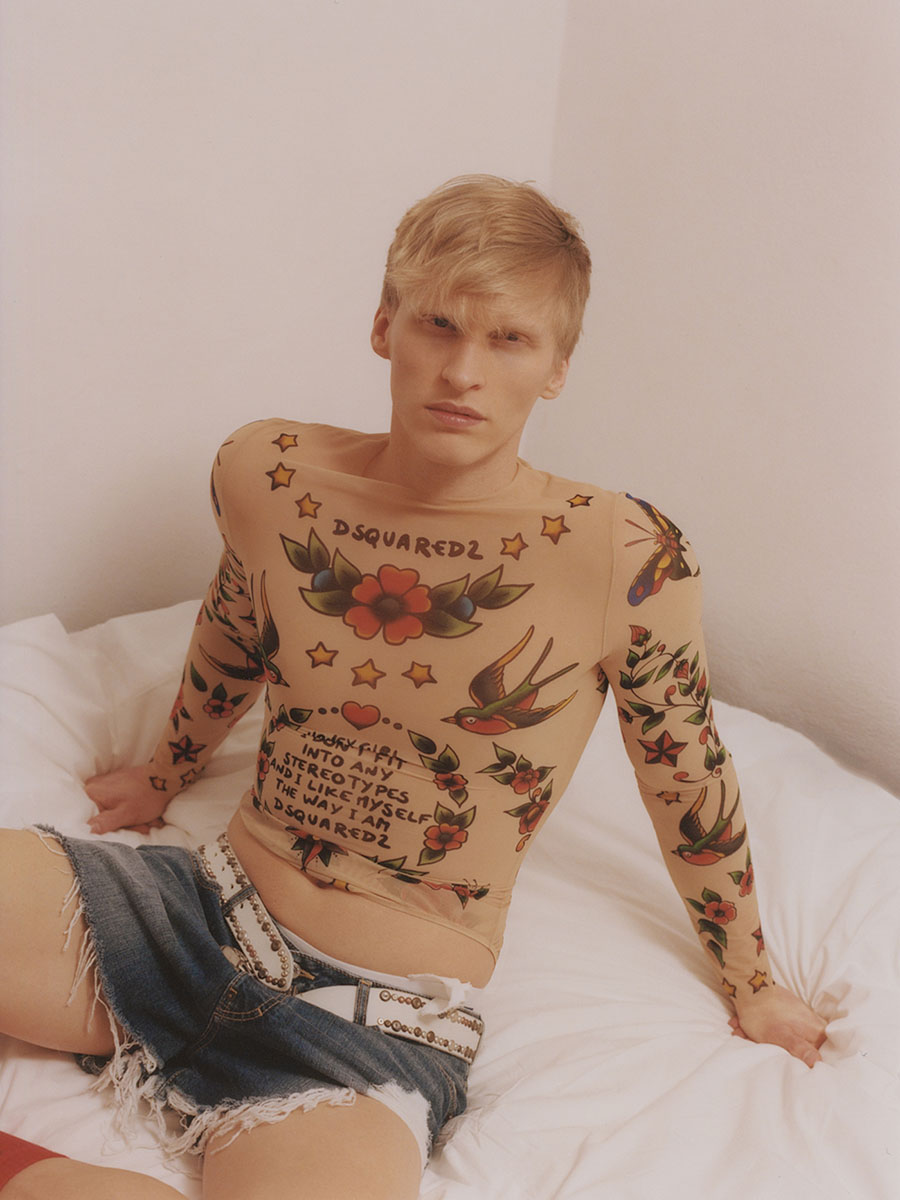
top & shirt DSQUARED2, belt GOLEDEN GOOSE
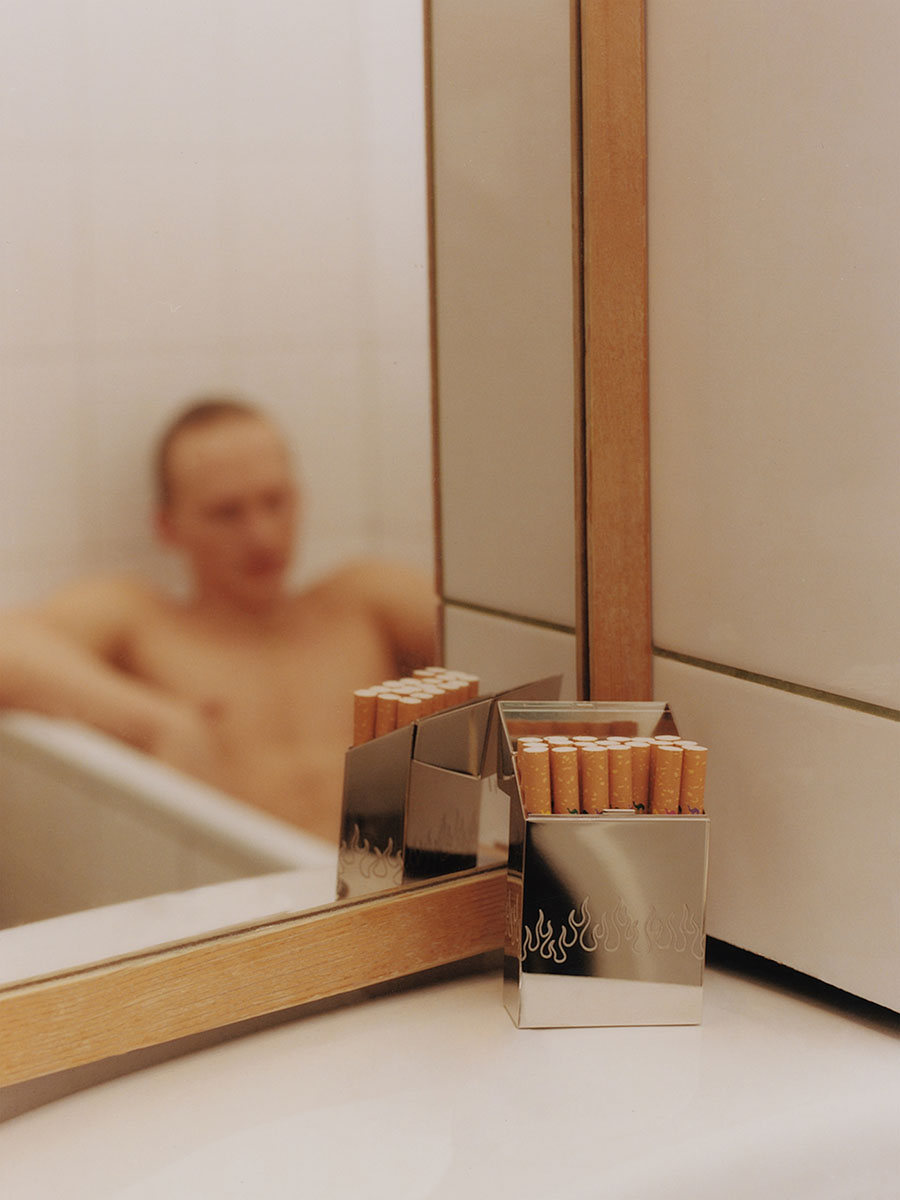
cigarette case VETEMENTS
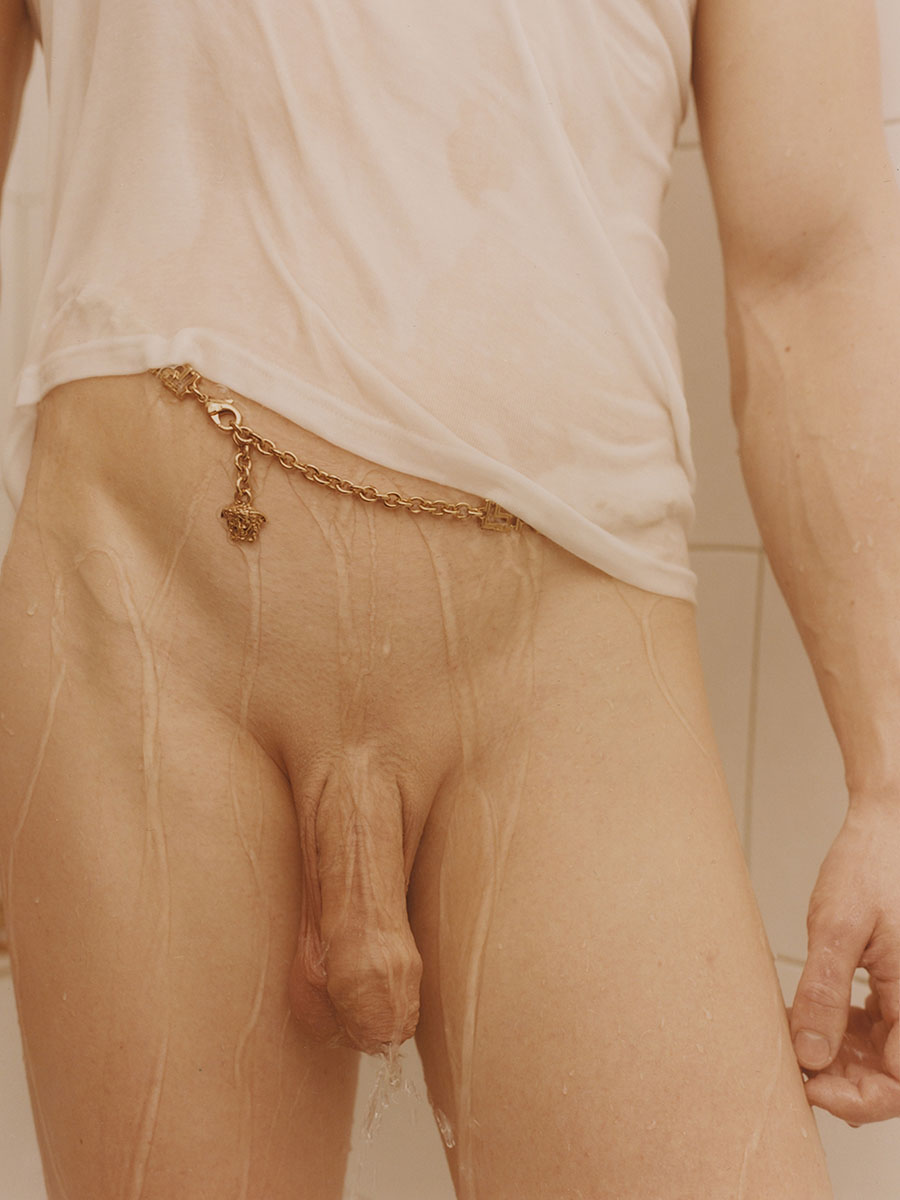
tank top DSQUARED2, jewelry VERSACE

necklace MAISON MARGIELA, jewelry VERSACE
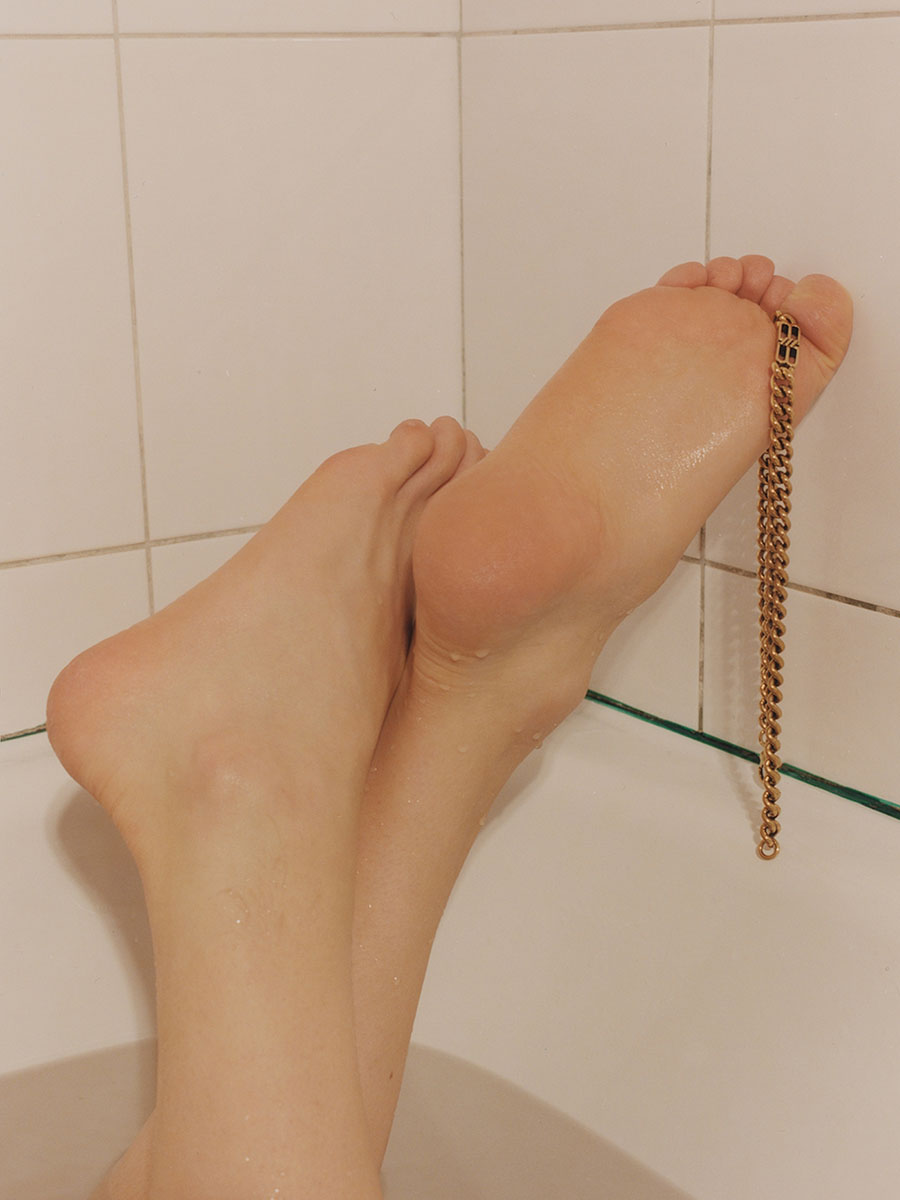
necklace BALENCIAGA

Photography & Art Direction: Greg Mikrut (@gregmikrut)
Videography & Fashion: Serafin Zieliński (@serafinzielinski)
Model: Marcin Smorawiński (@smorekx) @Rebel Models (@rebel_models)
Special thanks to Krystyna Dobrzańska & VITKAC
Gilded Glow
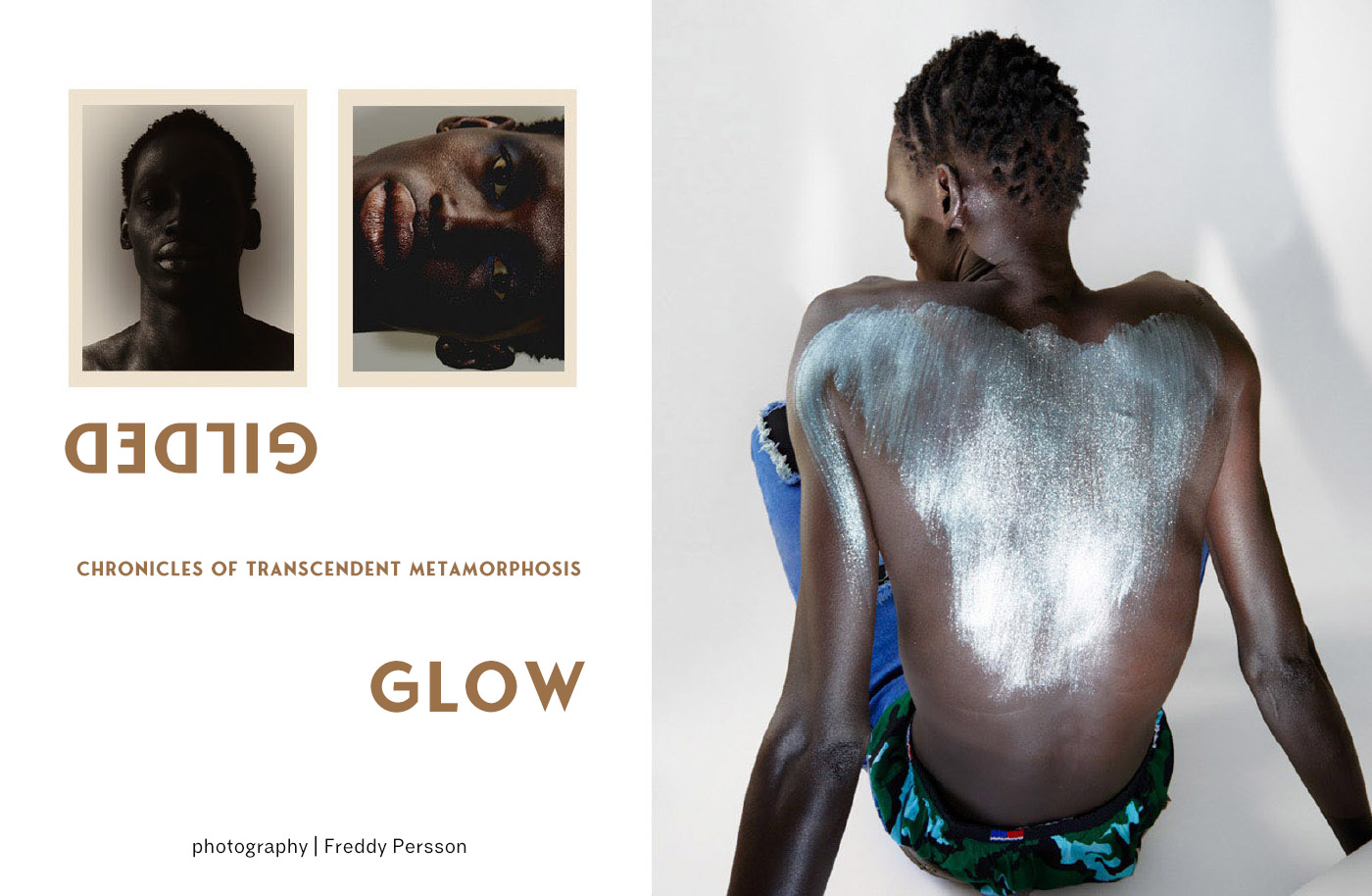

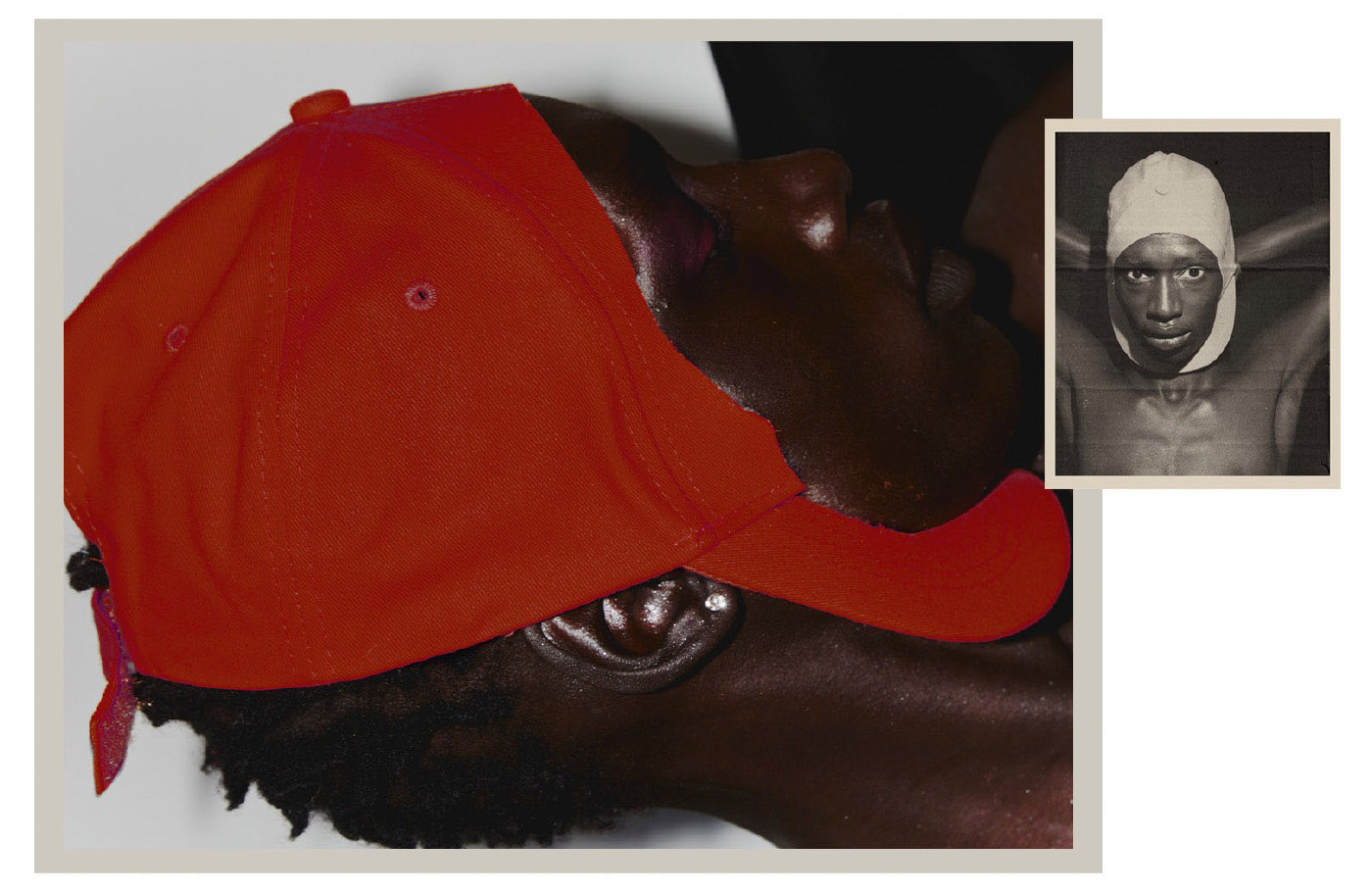
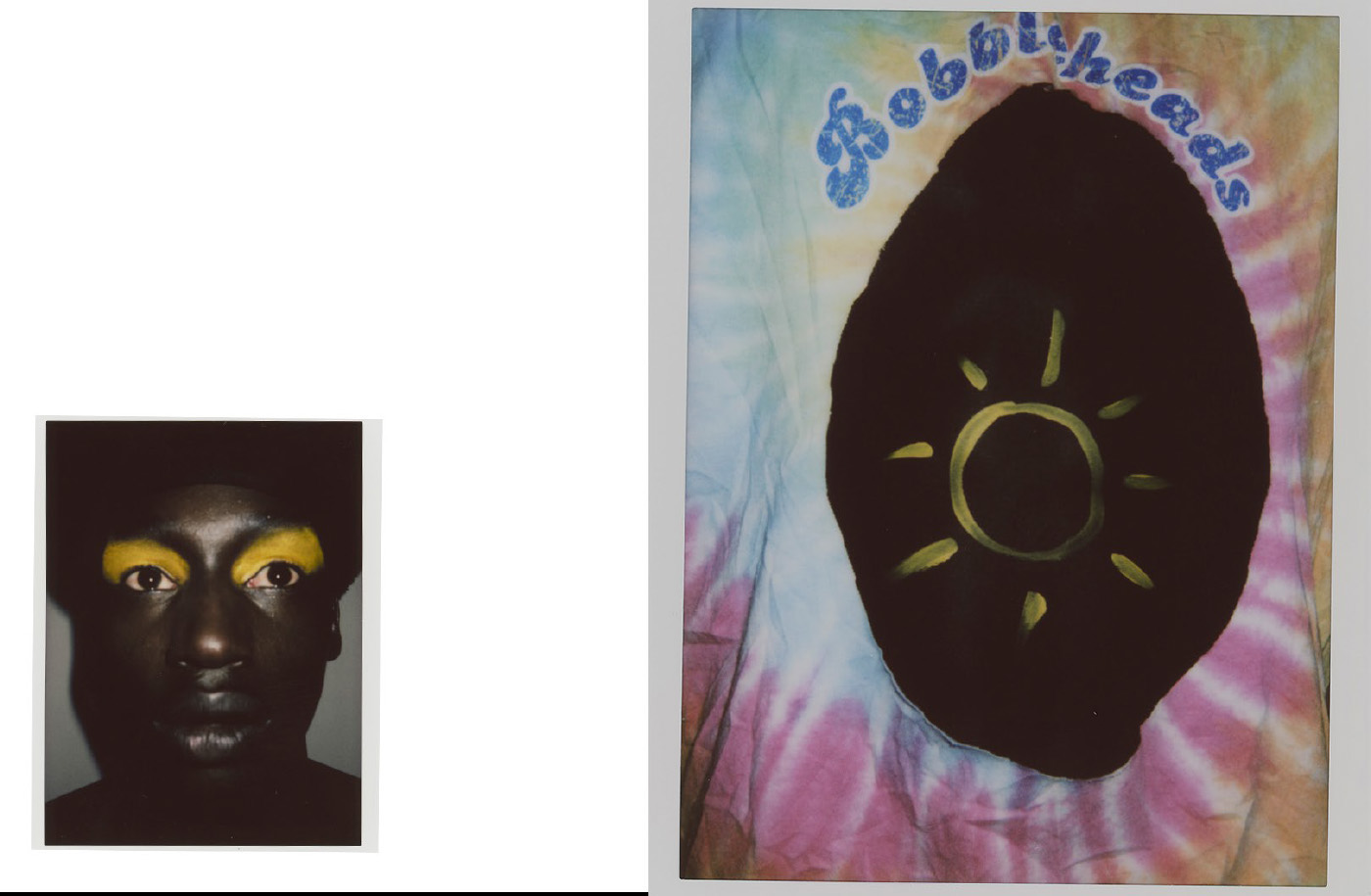
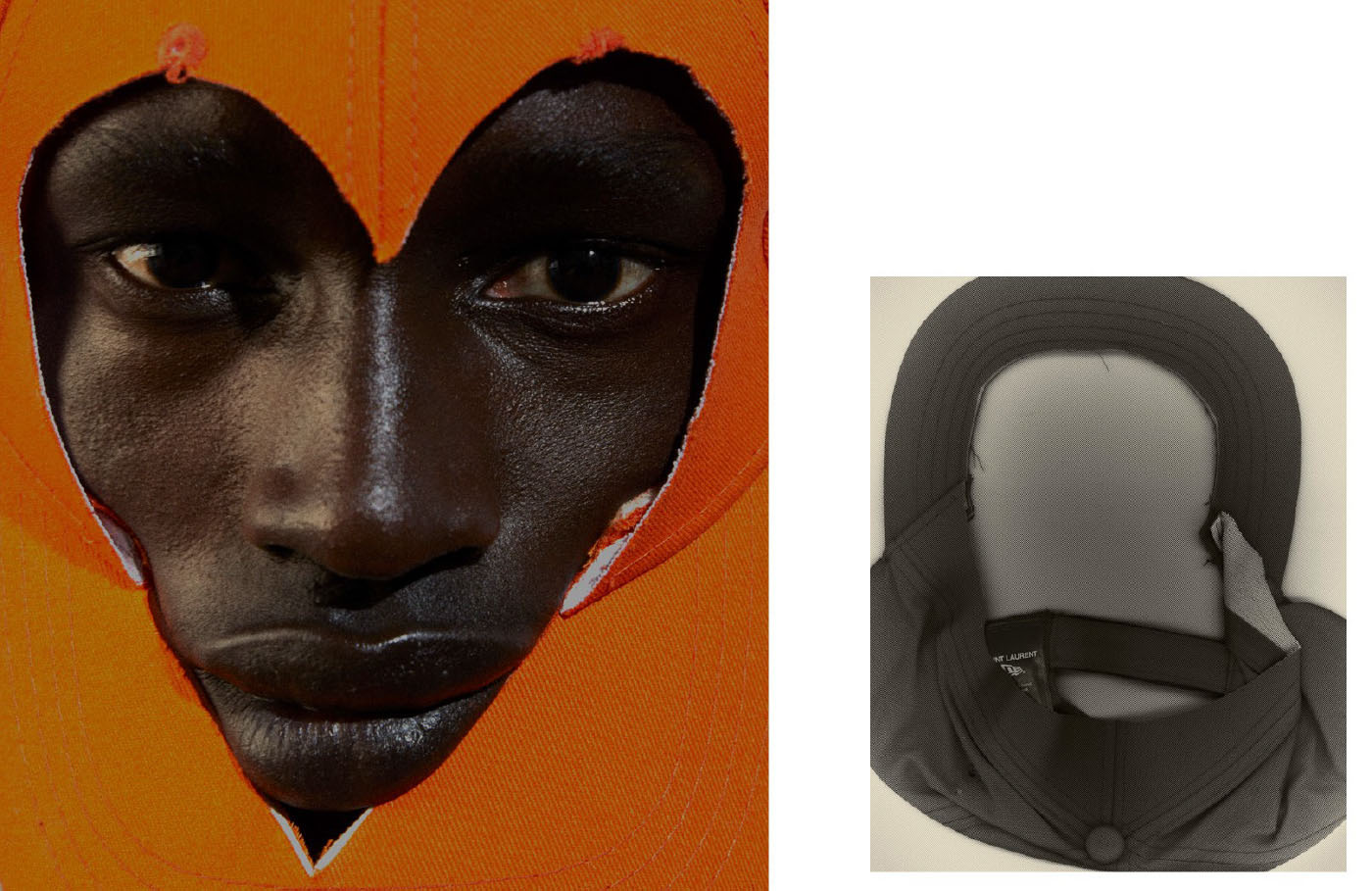
Photographer: Freddy Persson (@studiofreddypersson)
Casting Director: Louis Labrosse (@lovis.lab)
Make-up Artist: Eloïse Bourges (@eloisebourges_) using Violette
Model: Chuol Tut (@chuol_kong)
Ca'del Bosco Sculpture Award

Ca'del Bosco Sculpture Award
The FInest Combination Between Art and Wine
Located between the southern end of Lago d’Iseo and Brescia, Franciacorta is a hilly region famous for its eponymous sparkling wine. The high-quality sparkling wine shares the same production method as champaign, and has a very strict regulations on the definition of this world class sparking wine.
Born in the Franciacorta region, Ca’del Bosco is one of the most recognizable wineries producing Franciacorta sparkling wine. Listening to the reality and complexity of Nature, Ca’del Bosco believes in the protection of organic viticulture and invests in innovation, research and technology, integrating their knowledge in wine production with the potential of the earth. Their products include the finest Franciacorta sparkling wine, white wine and red wine. The pursuit of quality is in Ca’del Bosco’s identity, and the enhancement of art and culture is their belief.


Sharing a similar pursue of preserving the excellence, Ca’del Bosco teamed up with Venetian Heritage — international non-profit organization that safeguards and preserves the legacy the Republic of Venice’s artistic beauties — for the organization of the first edition of “Ca’del Bosco Sculpture Award”. It’s the first competition in Italy reserved for large outdoor sculptures made by artists under 40 years old. With the motto of “Restoring the past, building the future”, Ca’del Bosco wished to strengthen the bond that exists between the art and the company’s philosophy, and to sponsor infinite capability and imagination of the new artistic generation.
The competition is divided into several stages: between 21 May 2023 and 15 June 2023, the competition jury will select the artist to be invited to the competition; in May 2024 (estimated), the first three classified will be awarded; and finally in October 2024 (estimated), the winning work will be inaugurated. The winning works will be placed in the Art and Wine Gallery in Ca’del Bosco’s vineyards in Erbusco, and will become the property of Ca’ del Bosco.
In celebration of the opening and the introduction of the competition, Ca’del Bosco and Venetian Heritage invited a parterre of selected guests to Venice for a series of events full of art and culture. The guests indulged themselves in an anthem concert performed by a catholic choir inside the Basilica di San Marco. Thanks to the fund that Venetian Heritage raised, the historic monument Ambone dell’Epistola of the Basilica di San Marco was newly restored. The celebration ensued with a convivial dinner hosting under the moonlight of Venice, in the city’s first official casino Antico Ridotto della Serenissima. Ca’del Bosco unveiled the Sculpture Award in this gorgeously ornate banquet room, toasting for their achievements in art and culture with the finest wine.


Text: Yves Tsou
Terraforma 2023 - Recreating an Organic Music Society
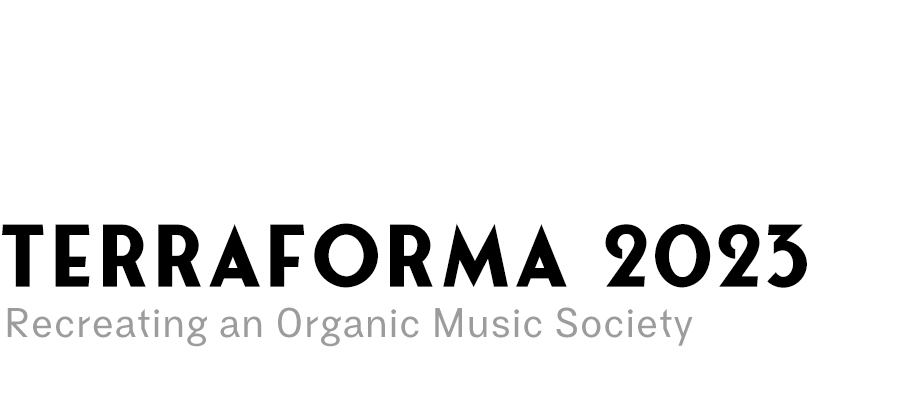
Terraforma Festival is back to Villa Arconati, the beautiful and majestic mansion located on the outskirts of Milan, for its eighth edition! Held from the 9 to 11 June, 2023, the famous international music festival is dedicated to artistic experimentation and environmental sustainability. This year, Terraforma will be focusing on incubating its community by lowering its capacity and elaborating on the non-club music portion of the program. Suitably, this year’s edition is inspired by Organic Music Society, placing the spotlight on the legendary Don and Moki Cherry whose visionary and collaborative experiments in the art of living were able to reimagine utopia.
To visualize the idea, Terraforma collaborates with Salottobuono, reinterpreting the Dome that Swedish designer Bengt Carling has created for Don and Moki Cherry’s “Utopias & Visions” exhibition back in 1971. Curious about the story behind this project, CAP 74024 shared a lovely conversation on this unique architectural project with the founder of Salottobuono, Matteo Ghidoni.


Inside Bucky Dome 2012 © Salottobuono
Perhaps you’d like to start by telling us a little bit about the project?
Yes, of course. It’s a very special project in the sense that it’s quite different from our usual procedure. In fact, it’s based on a project that was already completed in the 70s by the Swedish designer Bengt Carling that he created for the Don and Moki Cherry’s ‘Utopias & Visions’ exhibition at Moderna Museet, Stockholm in 1971. The idea I proposed to Terraforma is a sort of archaeological investigation of that project, which was documented but not entirely. I tried to reconstruct the project by carefully emphasizing all the measures and elements. Then I added a few new little elements myself in order to make a new version while being slightly different from the original one. This project is a Dome, a geodesic Dome. It’s based on a very precise geometry construction derived from an icosahedron volume.
What are the new elements that you are adding to the project?
The new elements are basically linked to the way this Dome touches the ground. Instead of having a platform, we attached the main structure – which is made of wood and few nodes – with a concrete bollard called “Panettone”. It’s a typical Milanese design which are commonly used in the streets to limit the traffic. Since the original project was built indoors, the outdoor reconstruction we are doing now is additionally subjected to the wind, the sun and other external factors. These “Panettone” really help on the fixture of the cupola. By doing so, the Dome slightly touches the ground, and makes the cupola looks like it is floating elegantly in the air. Also, since the original project was done in Sweden in the 70s, we have to fix some elements to make the structure fit to the regulations and rules we have in Italy nowadays.
The geodesic dome for Terraforma will be as the home its exhibitions, lectures and workshops, what did you considered when you were designing the Dome?
We considered mainly the size of it, because it has to accommodate quite a lot of people. Another thing we considered is the possibility to hang artworks and other service structure. We have to consider that in June, the weather will be quite warm. Hence, the Dome will be a place providing shade and a cooler environment for the festivalgoers. For this reason, the air circulation is essential. In fact, with the way the Dome hovers over the ground, the air can circulate freely and create a refreshing atmosphere inside the Dome. We want to make it a landmark of the festival.
So how big is the Dome?
The Dome is 12 meters in diameter with a height of 6 meters. According to the fire safety regulations, it can accommodate up to 70 to 80 people.
Could you tell us how does the collaboration began between Salottobuono and Terraforma? And whose idea was it to reinterpret the dome?
It was actually Terraforma’s idea to rebuild the Dome. I proposed them to work with the students of Domus Academy in Milan at the preliminary stage of the project. We organized a short-term workshop where the students and Salottobuono had a chance to study and research little bit on the original project and came up with some ideas. Then we developed the project in our studio together with the original designer of the Dome – Bengt Carling.
How does it feel like to work with students in Domus Academy? Did they offer some useful input for the project?
Yes! Being a very short workshop, we worked intensively on several topics connected to Terraforma Festival, and one of them being the reinterpretation of the Dome. We managed to do the preliminary studies by collecting data and try to gain as much information as possible. It was not an easy task since the project was done in the 80s, and as the project developed, we found out that it became very technical; and the vision of design and elements were not possible to be addressed during the workshop. So, after the first phase brainstorming with the students, I worked with my studio on the development of the structure together with the original designer of the Dome – Bengt Carling.

Artwork in Bucky Dome 2012 © Salottobuono

Dome 1971 © Salottobuono
That’s a fantastic experience to work with Bengt Carling! How was it to work with the original designer together on the reinterpretation of the project?
It was fun! He’s really an energetic and funny guy. I think he’s 80 now. We had a good conversation and exchanged ideas. He then started to send off all the materials about the original project that are essential to the development of the project. Step by step, we collected them and put them into practice. I feel like he was trying to put himself into a condition of experimentation at that time. By reconstruction this Dome, we also feel like going through this experimental process. Thankfully, we were equipped with all the knowledge he generously shared with us.
Don and Moki Cherry had a vision back in the 70s when they organized the Organic Music Society. How did you translate this kind of feeling and energy that they wanted to represent in the recreation of their architectural project?
Well, this project is made of two parts: architecture and the music festival. I am controlling the architectural part. From my side, what I can do in order to generate this kind of energy is to make a structure that is as collective as possible that can be shared by many people and provide them with pleasurable environment. Then there is the another of the project, which involves music, art installation and the crowd. The chemistry between these two parts is the key to make everything work.
Have you ever envisioned how the festival goers will receive to and interact with the architectural structure?
Once the architectural project is complete, we kind of lose control of it. But since I will participate in the festival, I am eager to see what’s going to happen inside the Dome. I believe it all depends on the crowd and on how vibe they will vibe with it.
Where will the Dome be after the festival?
Well, the Dome is a temporary structure, but I think the intention of the organizers is to keep the structure and to rebuild it for the next edition of the Terraforma Festival. Since it will be taken down at the end of the festival, it is very important for us to design the structure to be easily assembled and dismantled. The thin wooden beams and fabric covers are also easy to store and do not take up too much spaces. We also provide them with an instruction manual to rebuild it easily, quickly and feasible for everyone. Since I received help and information from the designer of the original project, I would like to pass our knowledge and result down to the future festival organizers. Together, we keep legacy of Don and Moki Cherry, and the beautiful spirit of the Organic Music Society.

Bucky Dome 2012 © Salottobuono

Interview by Yves Tsou
The Silk Road Paris - Connecting Fashion Between the East and the West
The Silk Road Paris
Connecting Fashion Between the East and the West
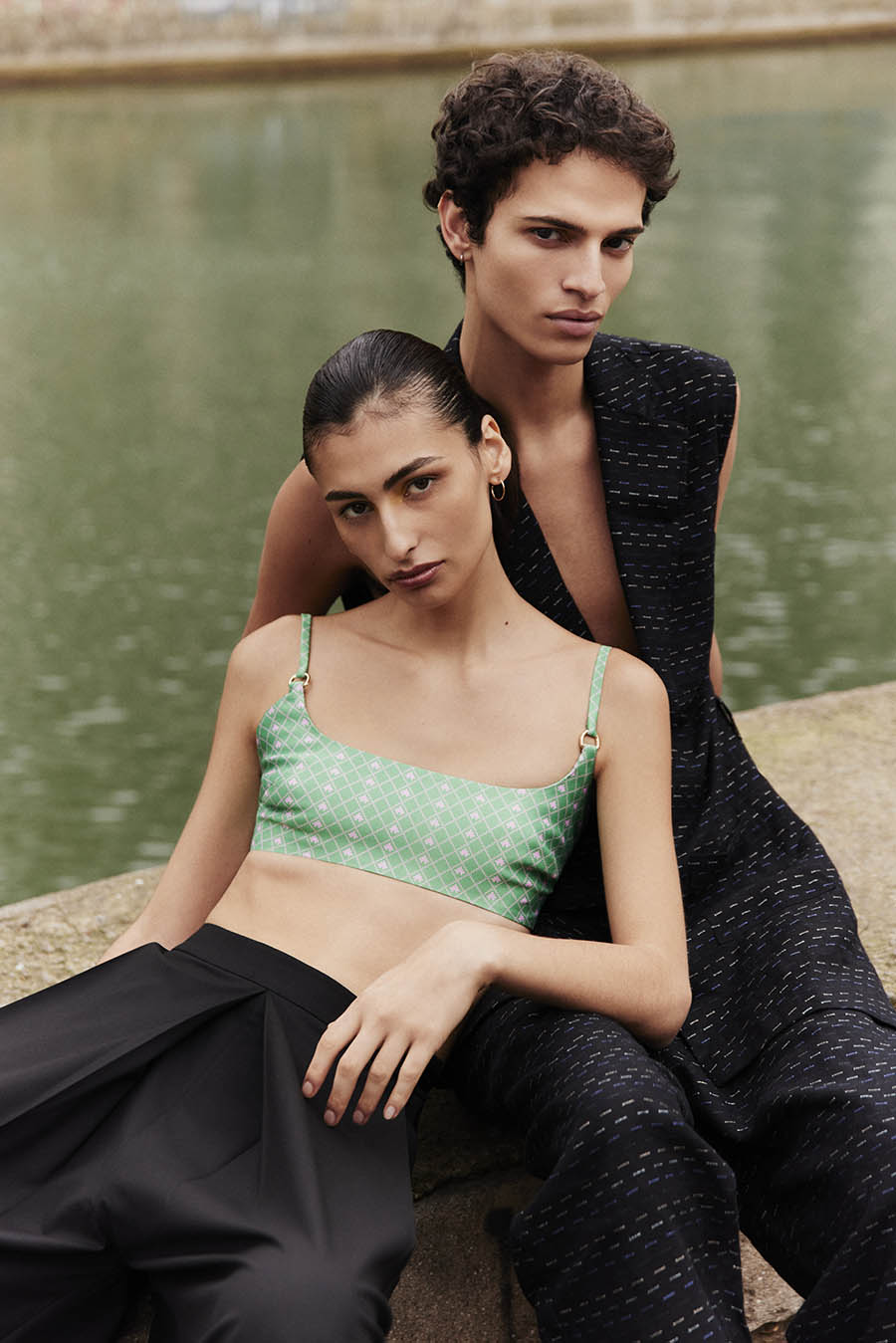

The Silk Road Paris (hereinafter referred to as TSR Paris) is the first online marketplace in Europe dedicated to highlight South Asian and sustainable fashion designer. It was founded by two native Indians, Yamini and Soumil, who live and work in Paris. They gathered 5 brands (Bhavya Ramesh, Bodice, Jatin Malik, Kissa-goi, Papa Don’t Preach) from India on the platform, using their experience and knowledge in the European fashion industry to help them establishing a business in Europe. Today, CAP 74024 has the chance to speak to them on their journey to the creation of the platform, their perspective on sustainability and ethical design, as well as their ambition on bridging the Eastern fashion to the Western market.
So, what are the ideas behind the foundation of TSR Paris? Why do you guys want to integrate the resources and make this platform exclusive for the Southern Asian designers?
Soumil: Well, we started the plan around a year ago, we wanted to bring all the South Asian designers to mainland Europe because right now the fashion scene is not very diverse in South Asia, we don’t have a platform that that can emphasize the versatility of the designers that we have in South Asia. Hence, we wanted to promote them here in Europe since the cultural diversity is already existed in European society. Also, we wanted to change the outlook of how world sees South Asia. Right now, they see us more as manufacturers than designers. But in fact, South Asia has the ability and the intellect to create something that can be mixed of culture and be considered as design. So, we wanted to bring all the designers that we have in South Asia and promote the sustainable practices they do. At this point, it’s very important that the West is looking towards the East as a market perspective and also, it’s important for the Eastern designers to look towards the West to approach the designs and business opportunity. We wanted to create a platform that can give them this kind of boost and we can have a dialogue between East and West.
Normally, when people talk about the Silk Road, India and South Asian continent rarely come in their mind in the first place. Are you afraid that the naming of the platform might be a bit confusing?
Soumil: We are aware of that, but we want to focus more the ideology of Silk Road, which is the trade of goods between the East and the West in the past and use it as a reference of cultural exchange. Together, we create a modern Silk Road that bridge the fashion, design, are and culture between the two continents.
Over the past years, we’ve seen more and more Indian models walked down the runway, and aspiring Indian designers showcased their design in the fashion capitals. India is also forecasted to be the next big luxury market to grow in the next ten years. Do you think it will bring a positive impact to the current Indian fashion and luxury market?
Yamini: Yes. It’s nice to see Indian models and designers are coming forward and gain more visibility worldwide. But I still feel there are some diversities lacking in terms of design. We feel that there should be more Indian designers in the fashion industry. By creating this platform, we also want to show the world that South Asian designers does not only design Saris, they have all practices which have been used by other designers and we wanted to promote those techniques and culture in a global scale.
Soumil: Also, I think there is a possibility for Indian or South Asian designers to learn from the European market, which is already very mature. Right now, we don’t have this system back in India or other South Asian countries. Our main work is B2B in South Asia and B2C in Europe, so if we can have a platform like TSR Paris, we can share the knowledge we’ve learned in Europe and bring it back to South Asia.


Brands with strong cultural references could attract a specific group of clients, and might also be a hit when ethnic vibe is on trend. But as trends are often seasonal, the fever for them might die out soon. Do you think it will be a potential hamper hindering the growth of the platform?
Soumil: If you look at our platform, you can see that we are going towards the European audiences. We have a perspective of promoting diversity, but also, we want to relate to the people we are selling to. No matter what kind of viral trends are going on now, there’s always a general trend in the fashion industry. If those seasonal trends can mold themselves into the generalized trend, it can definitely last longer. To have those trends that actually become the core identity that people can relate is very important. The brands we represent have their core values and identities that can transcend culture. So, I don’t think the die out of a trend could be a hamper for the growth of our platform.
Yamini: Here in Europe, you have clear distinctions between the four seasons. Off-season excess inventory is an issue for major fashion brands, and it’s actually not very sustainable. In India, you don’t have seasons. Designers are creating garments that can last longer. They don’t want to carry extra inventory, and only create made-to-order or custom order. This is something so great and so major that we would like to promote. I believe that we have to learn from each other, and that’s why TSR Paris is going to be that bridge to convey this information.
Do you think the aesthetics, the strong visual and the distinctive cultural identities of these emerging Southern Asian brands on TSR Paris will be well-received by the mainstream fashion world in Europe?
Yamini: Yes, I we definitely feel that. I think that this is a very long-needed platform. The South Asian fashion platforms are very well-conveyed in the US, in Australia even in the UK, and I think it’s about time for Europe to have one too. Also, unlike any other South Asian fashion platforms, we are not selling saris or traditional garments but designer’s clothes. We really think that this platform is high-needed. The website is performing well and the feedback we received are positive. We started here in Paris, but the whole goal of TSR Paris is to take our culture to every part of Europe and then later to the UK, the Us, and so on. The goal of this global platform is like the Silk Road, connecting East and West. For now, we are taking South Asian designers to Europe, but our ultimate goal is to bring back nice European brands which are not well known in South Asia and introduce them to the market there.
How do you choose the brands on the TSR Paris?
Yamini: I started my career in Paris, so I literally have 0 connection back in India. I went to India last August and we got to meet some designers by contacting them on their Instagram. We proposed them our ideas and they were interested in entering the European market. That was how we get Papa Don’t Preach and Bodice, and the rest was just by the word of mouth.
Soumil: Our core values lie in the sustainability. I know it’s hard to define sustainability in fashion nowadays, but we are going towards to those ethical brands that believe in gender equality and pay fair wage. It’s community-driven, and that’s how we select our brands.
Yamini: Just as a supplementary note, the brands we have a lot of sustainable practices. Our brand Bodice use their old fabrics to create new garments; Kissa-goi has everything made by hand and use recycled cottons. Bhavya Ramesh is using only recycled silver to create her jewelry. Her jewelry is a bit imperfect, but this imperfection is environmental-friendly. In TSR Paris, you can buy from designers who are practicing such good ethics and help supporting local communities back in South Asia.
It seems like all of the five brands that you are representing currently are all from India. Do you plan to expand the roster to designers from other neighboring South Asian countries?
Soumil: Yeah, we are in contact with brands in different parts of South Asia like Sri Lanka, Bangladesh and Pakistan. India was an easy start for us since both Yamini and I are from India. Even in India, we struggled a bit in the beginning. Now we have the trust from the Indian designers, it would be much easier to scout brands in other parts of South Asia. It is also important to understand that for us, the platform is more than a fashion exchange. We don’t want to focus only on fashion designers, we want TSR Paris to represent the culture itself. We are seeking collaboration with different restaurants or artists from different South Asian countries in order to create a community value.
Yamini: We will have a pop-up event from June 7th to 11th of June, where we will be collaborating with a Sri Lankan restaurant for catering and also with artists. I work in fashion, and Soumil is an artist. We have lovely books, amazing artists, fascinating culture and excellent designers there. We want to bring them to Paris and introduce them as a creative community.

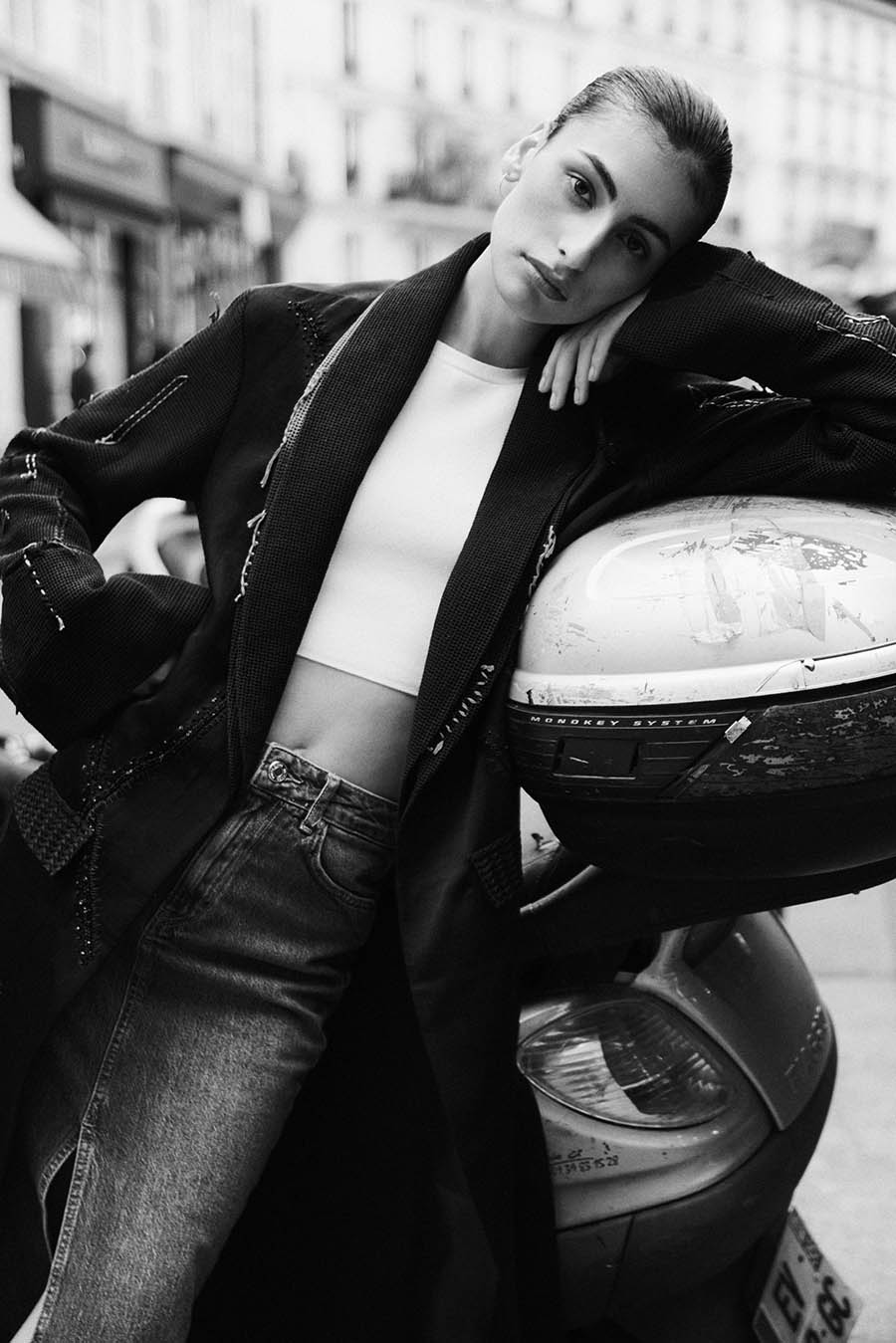
How would you describe the Indian and South Asian design? What are the keywords that come into your mind when you describe them to your European clients?
Yamini: For me, Indian and South Asian design are very detailed-oriented and time-consuming. Designers are exchanging time for the perfect piece. Every embroidery is stitch by hands, and every pleat takes hours to create. Also, the ancient weaving techniques is an essence in the Indian and South Asian design, and that can all be found in our designer’s fashion pieces.
Soumil: If you want to encapsulate it in 3 to 4 words, that would be color, culture, detail and intricacy.
Since both of you have worked in the fashion industry in Europe, how do you use your past experiences to help the brands on TSR Paris to raise their visibility in Europe?
Soumil: By living and working here in Paris for 8 years (and Yamini 7 years), we’ve been enrolled in fashion industry from the ground up. We know the people here and we can definitely help these brands to gain visibility. These brands might have some visibilities already in some English-speaking countries, but they are still unknown to the mainland European countries. It is due to the language and cultural barriers, and we are the bridge that cross through these barriers.
Yamini: I worked with some brands we represent on their pricing, consulting, communication and so on. Their look can also be worn by European influencers and celebrities, this will definitely help them gain more visibility.
Visit tsrparis.com for more information on the sustainable fashion brands TSR Paris represents.
Interview by Yves Tsou.
